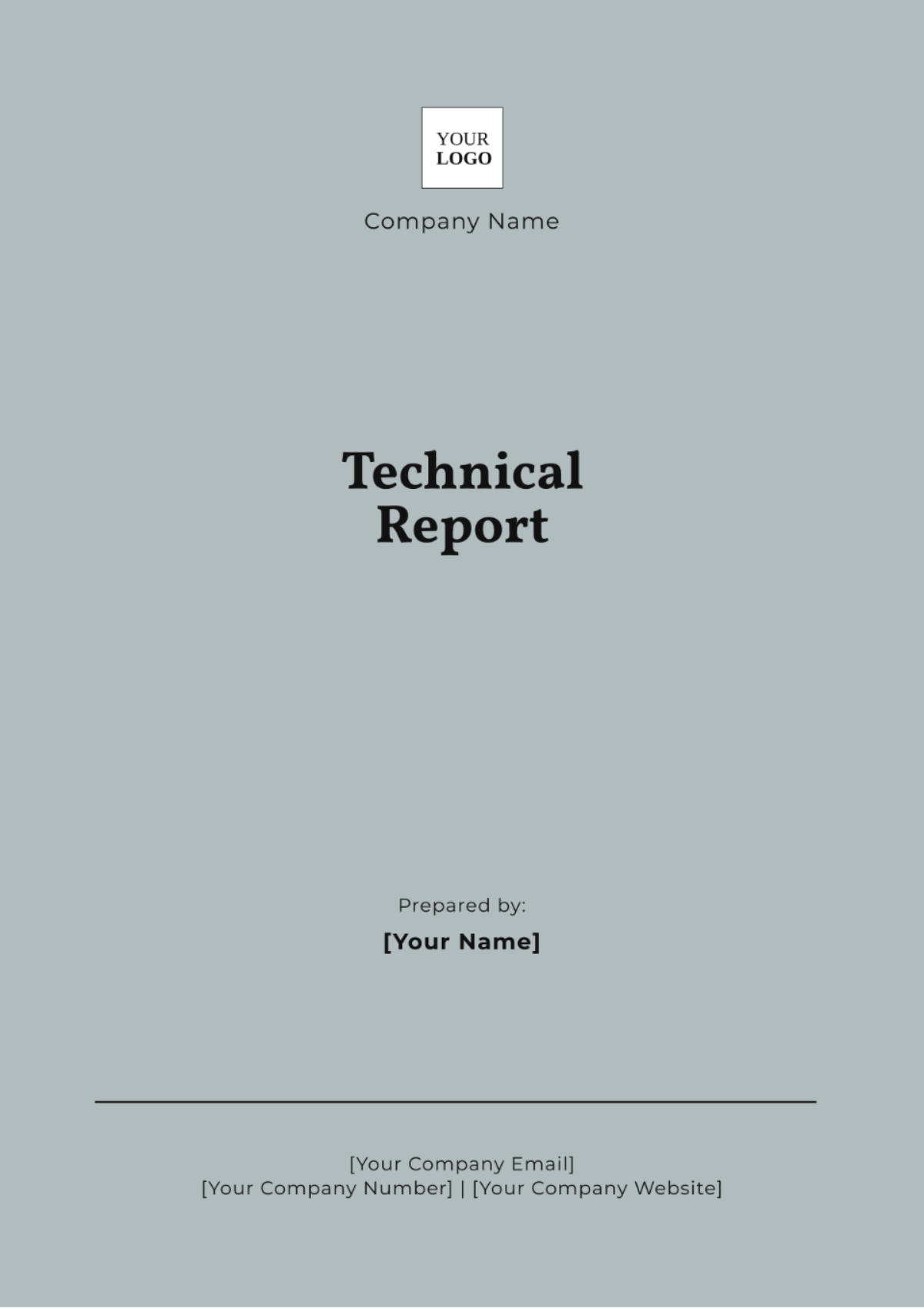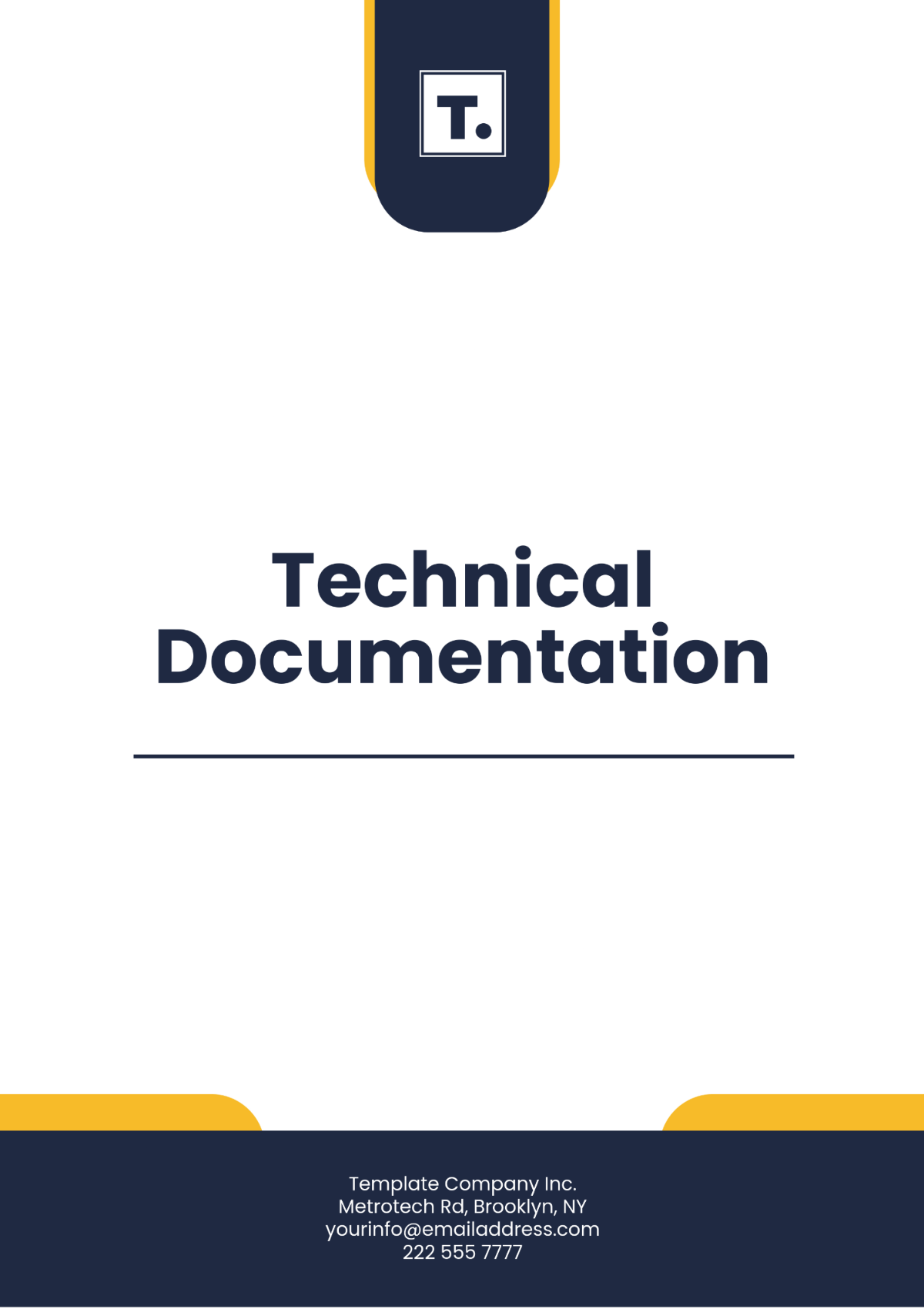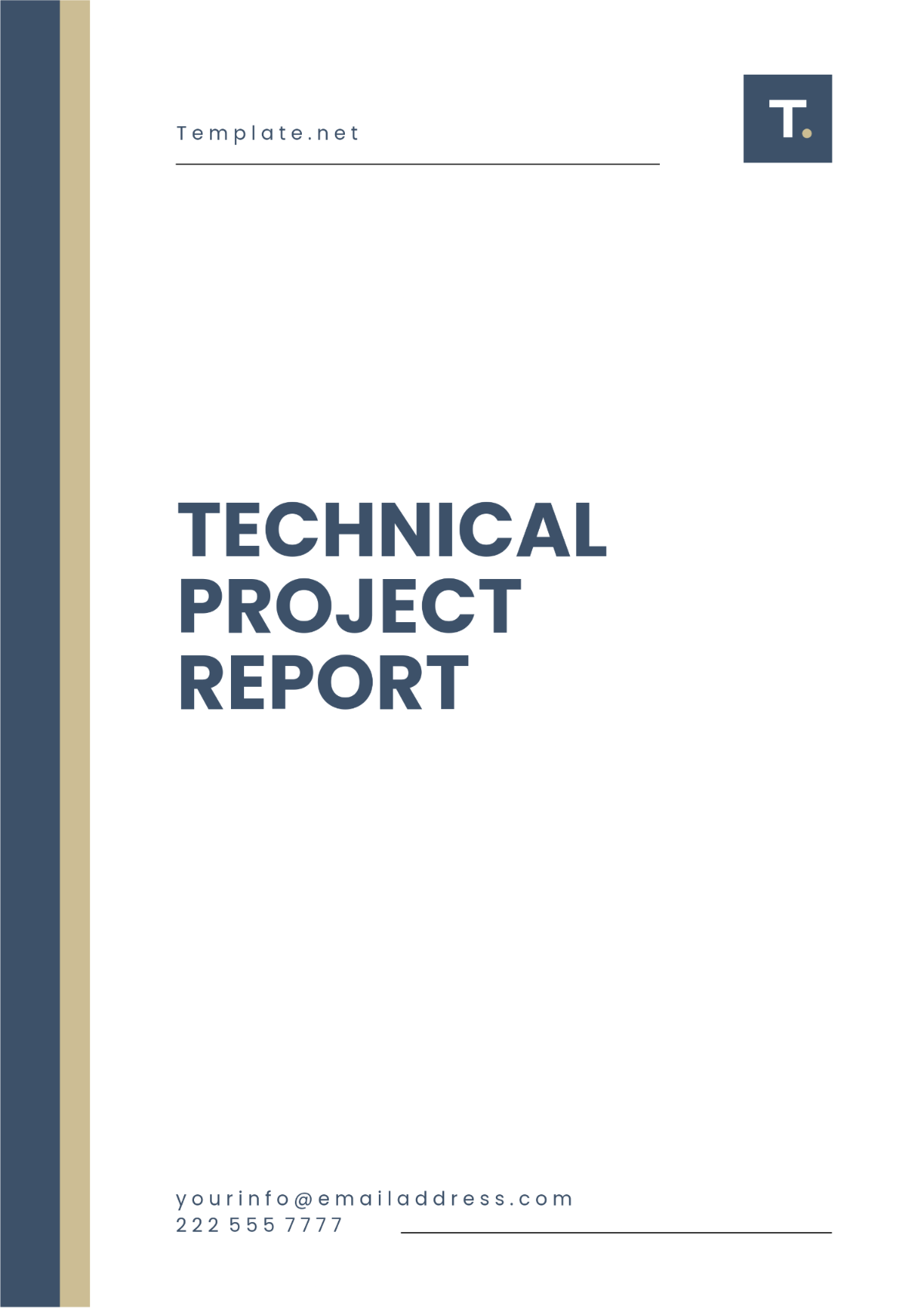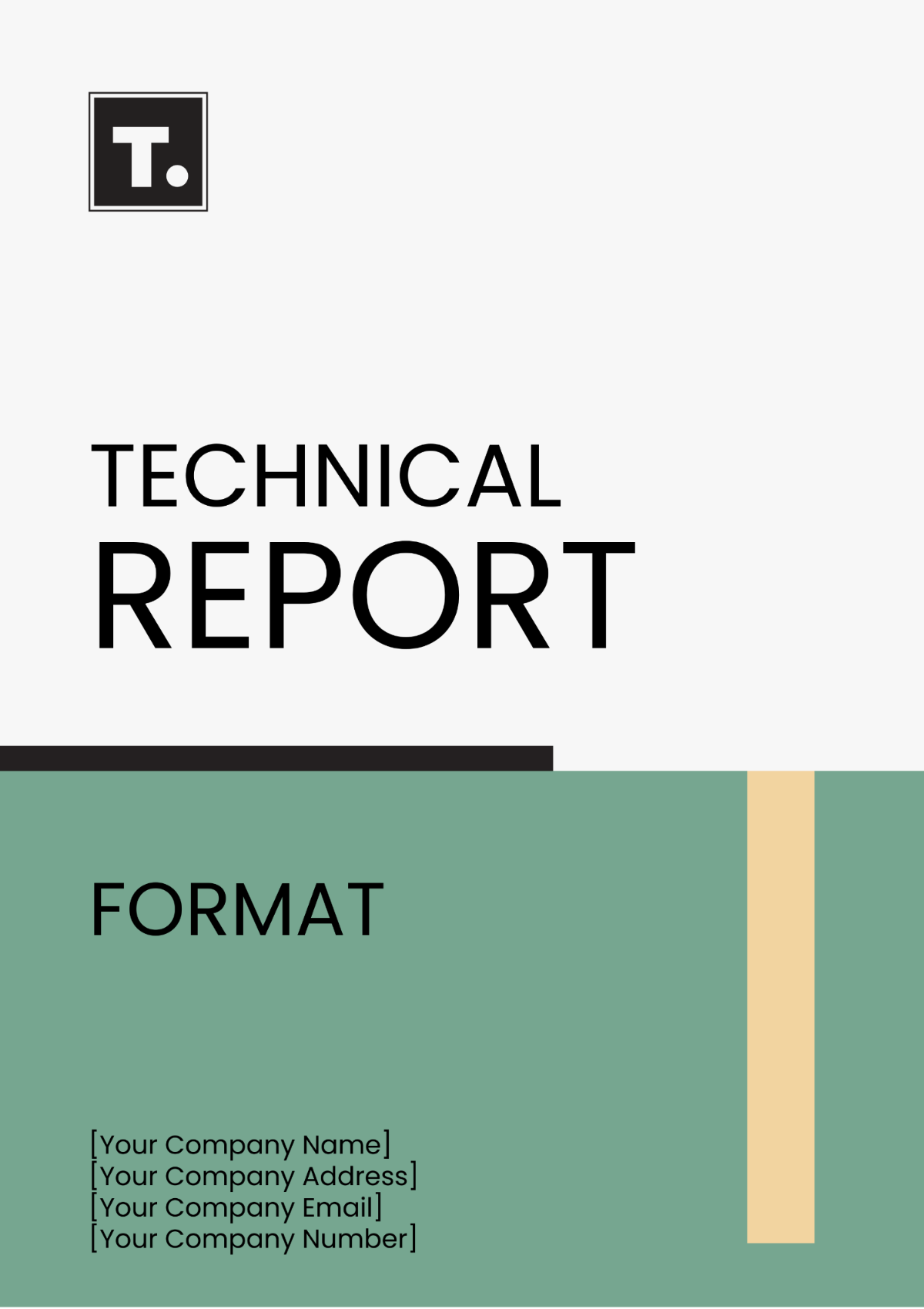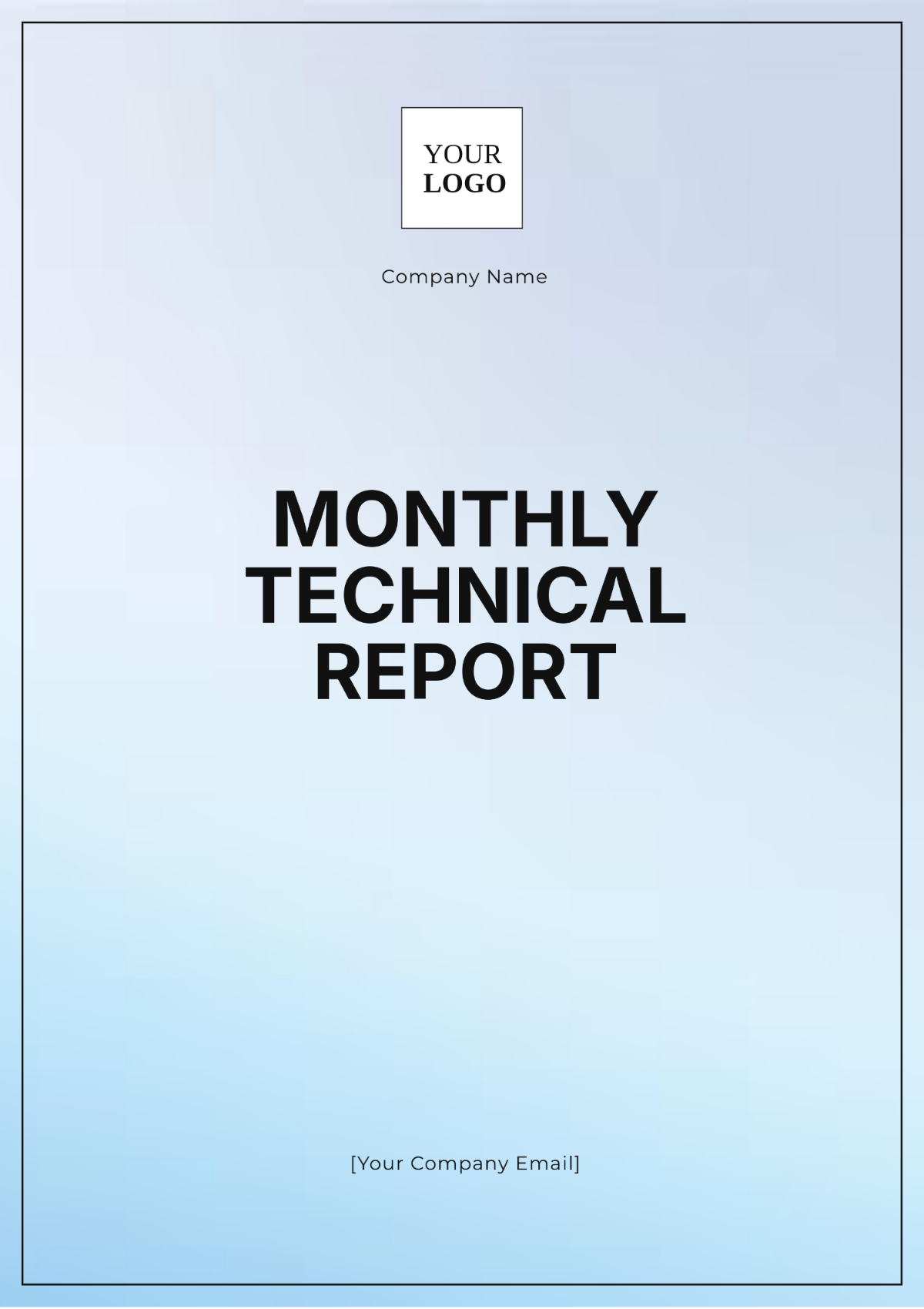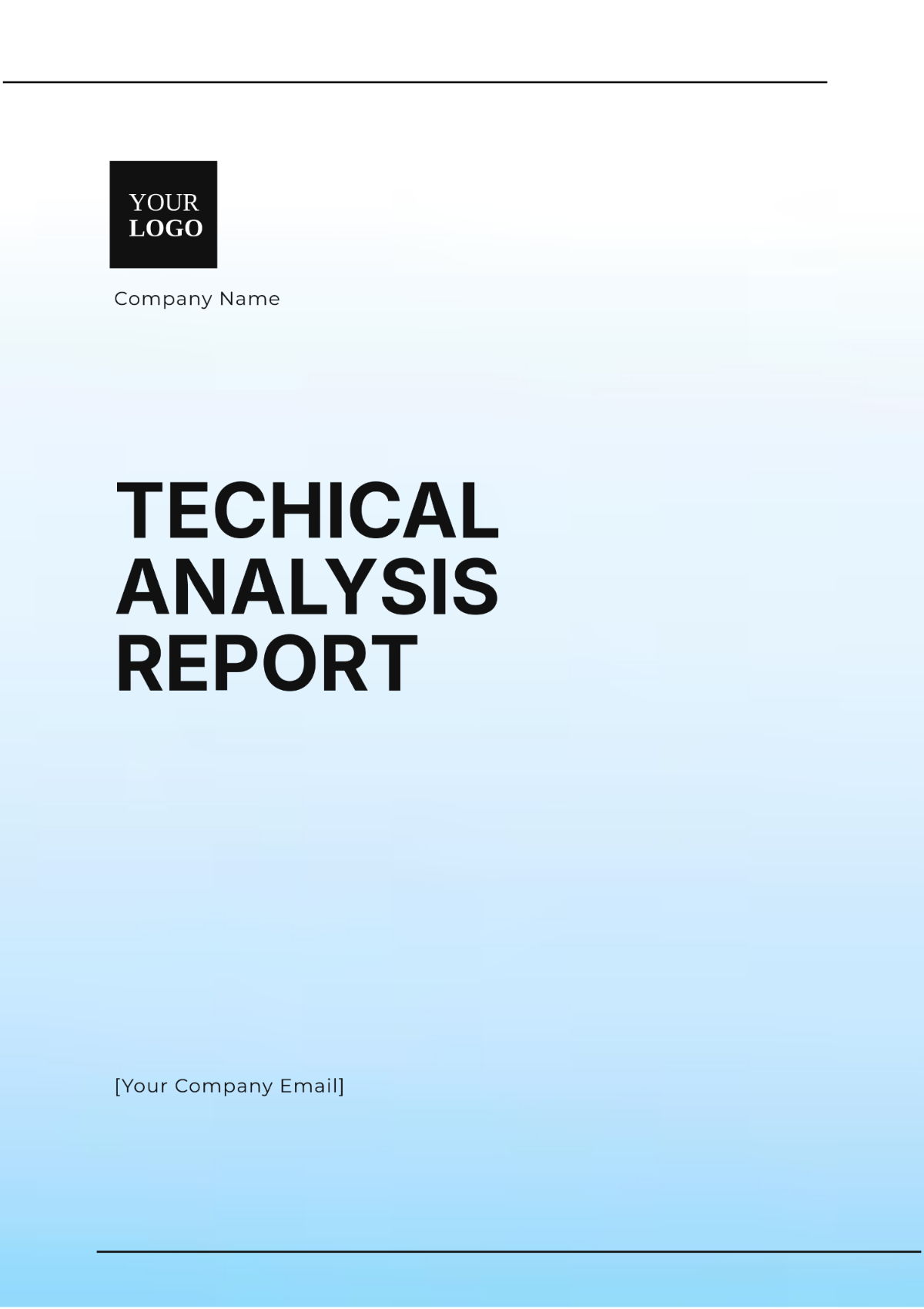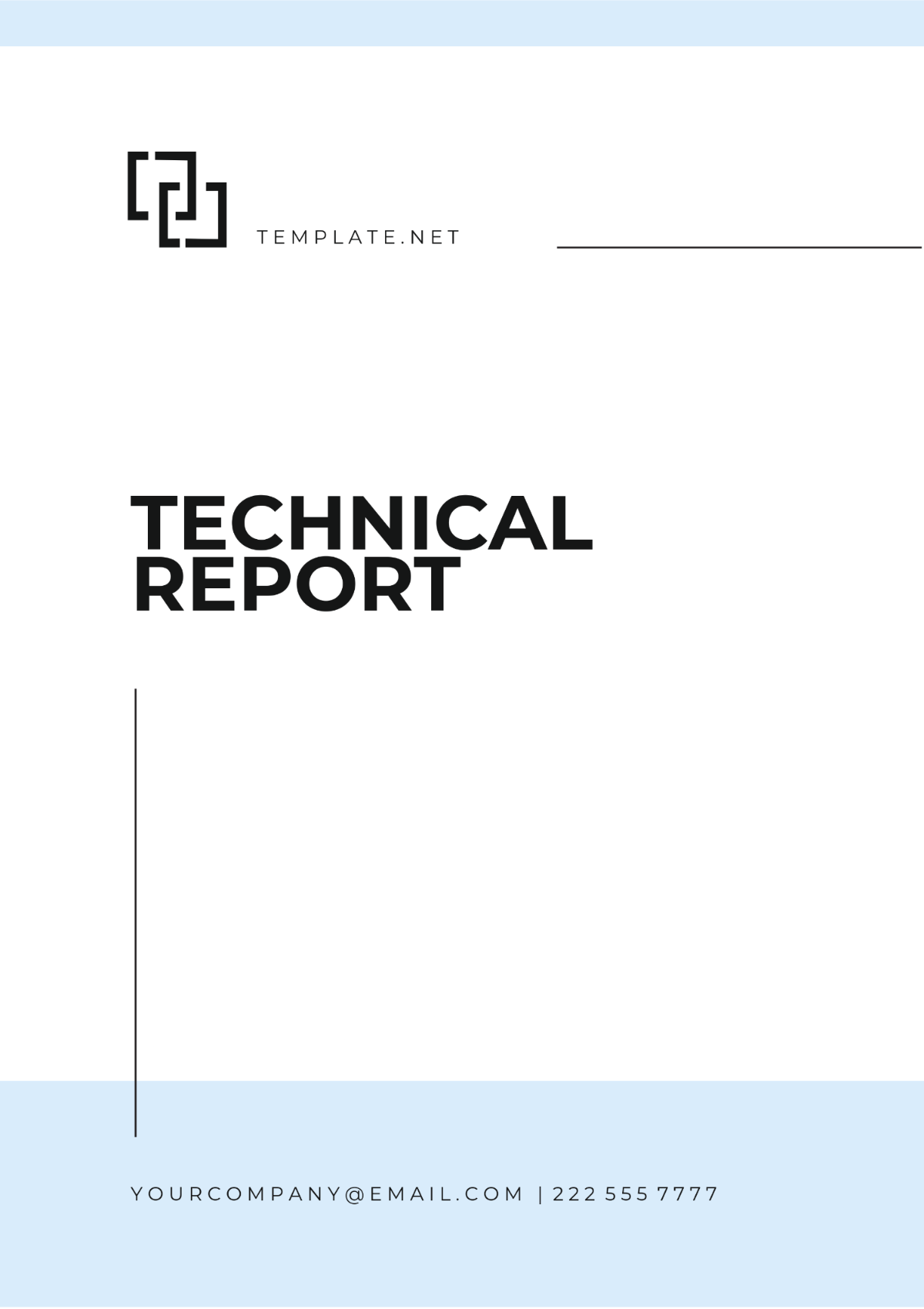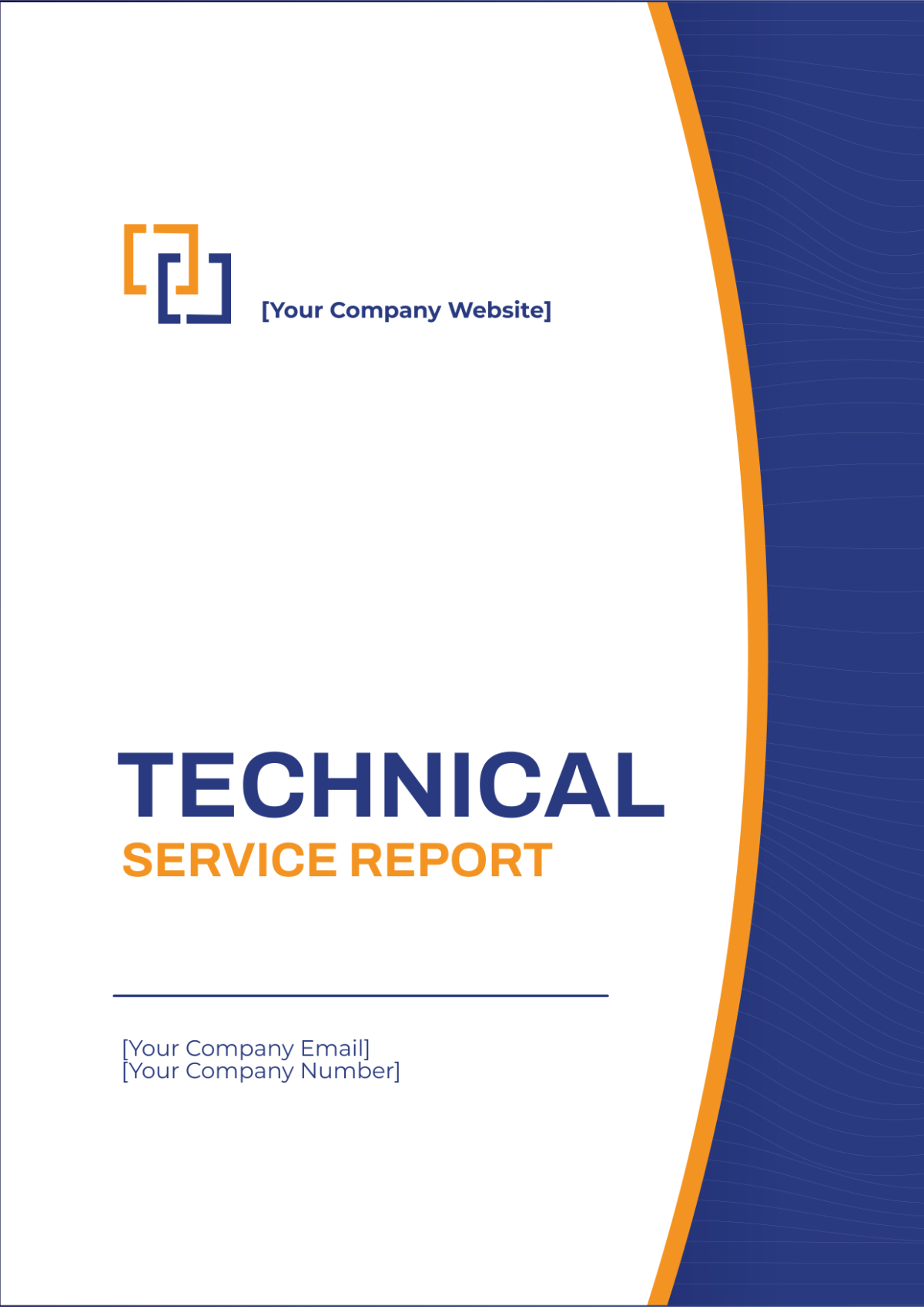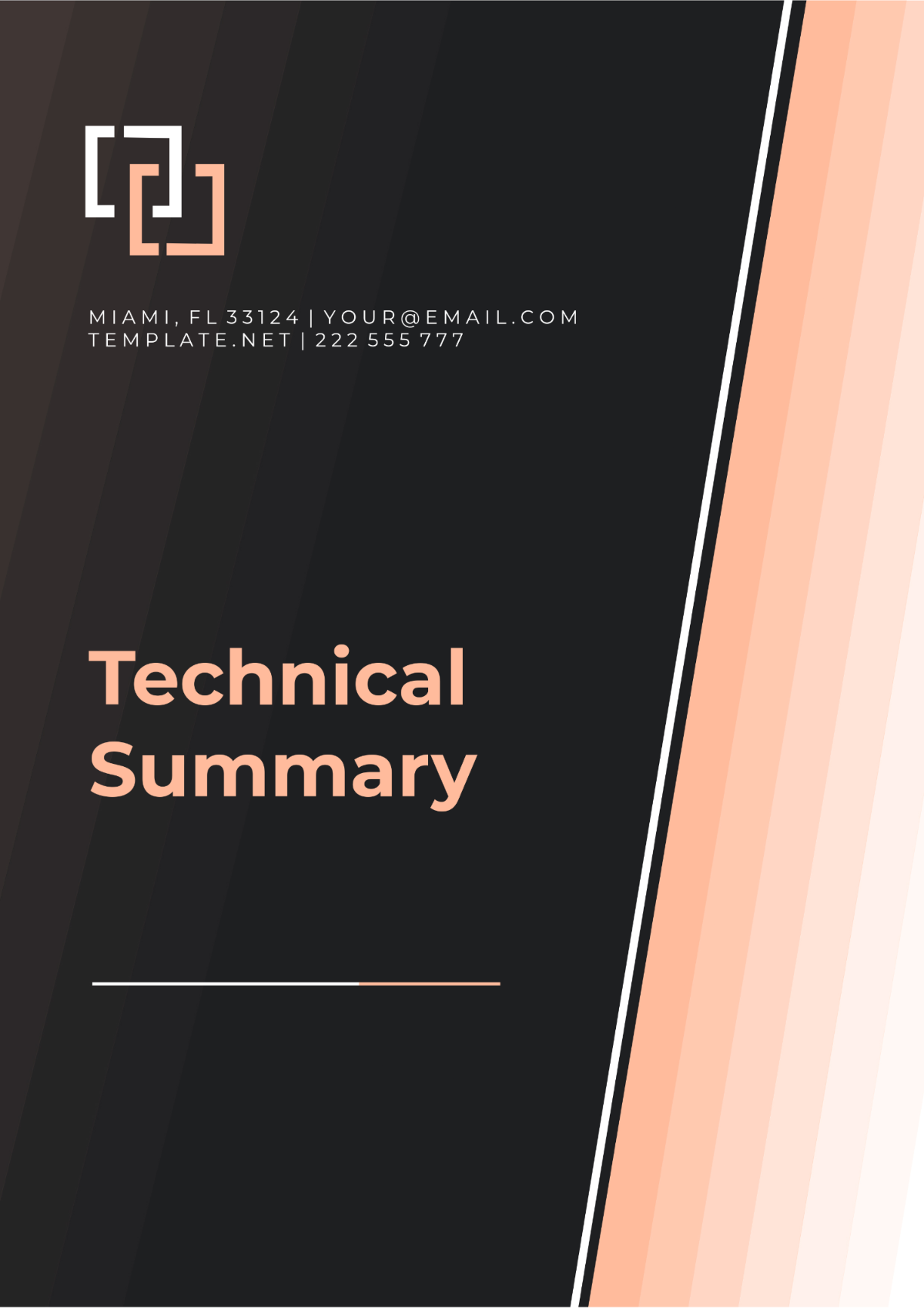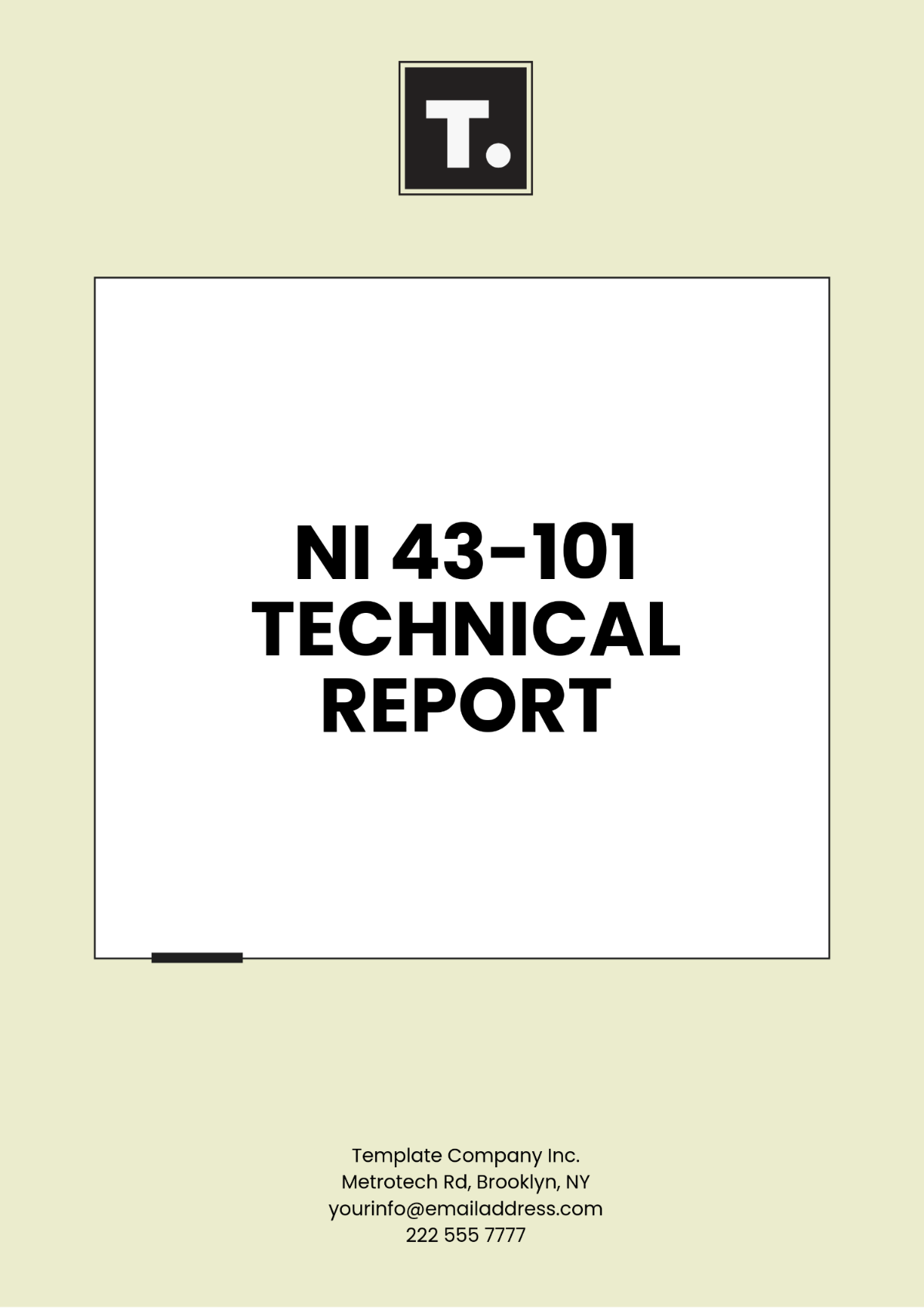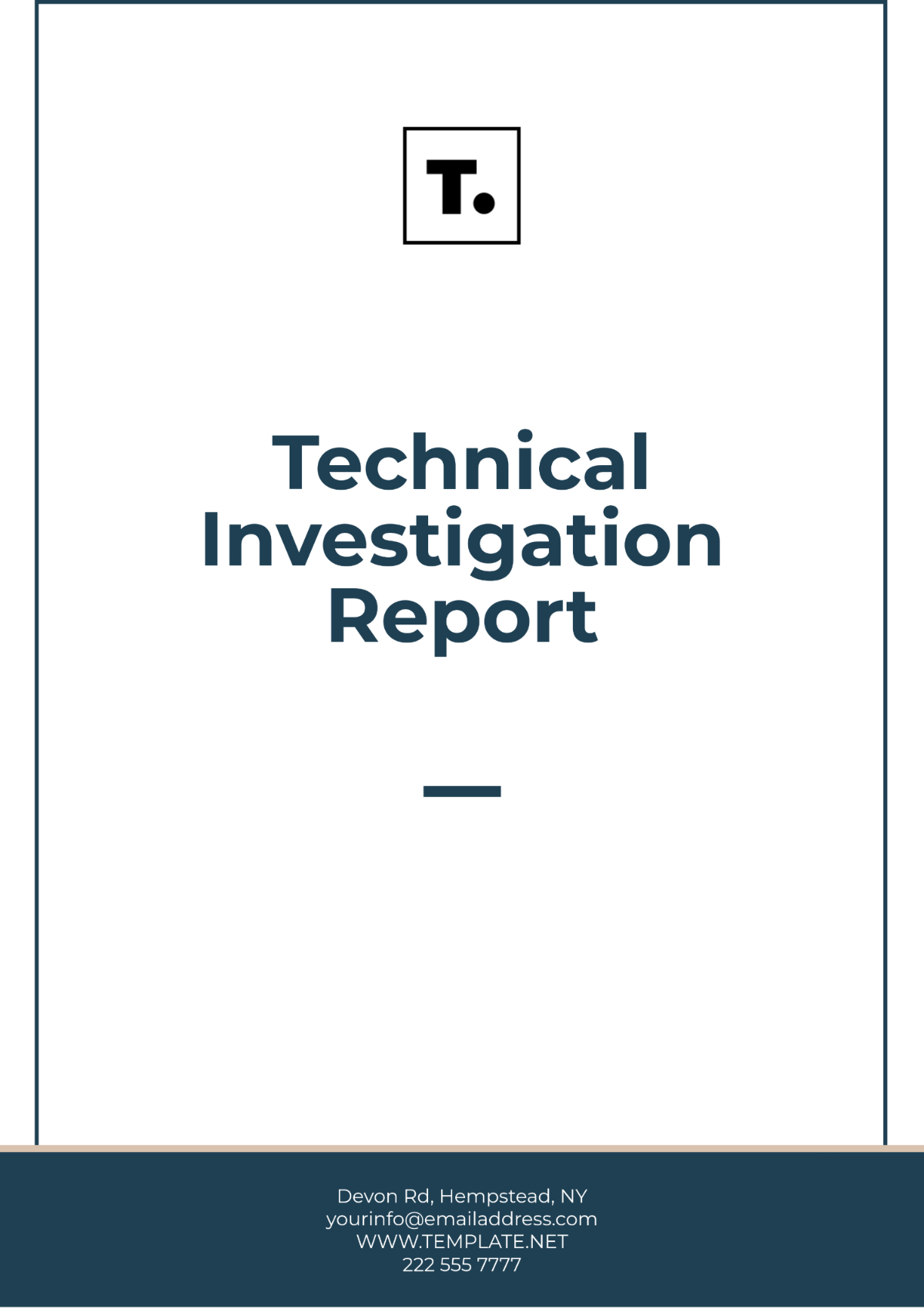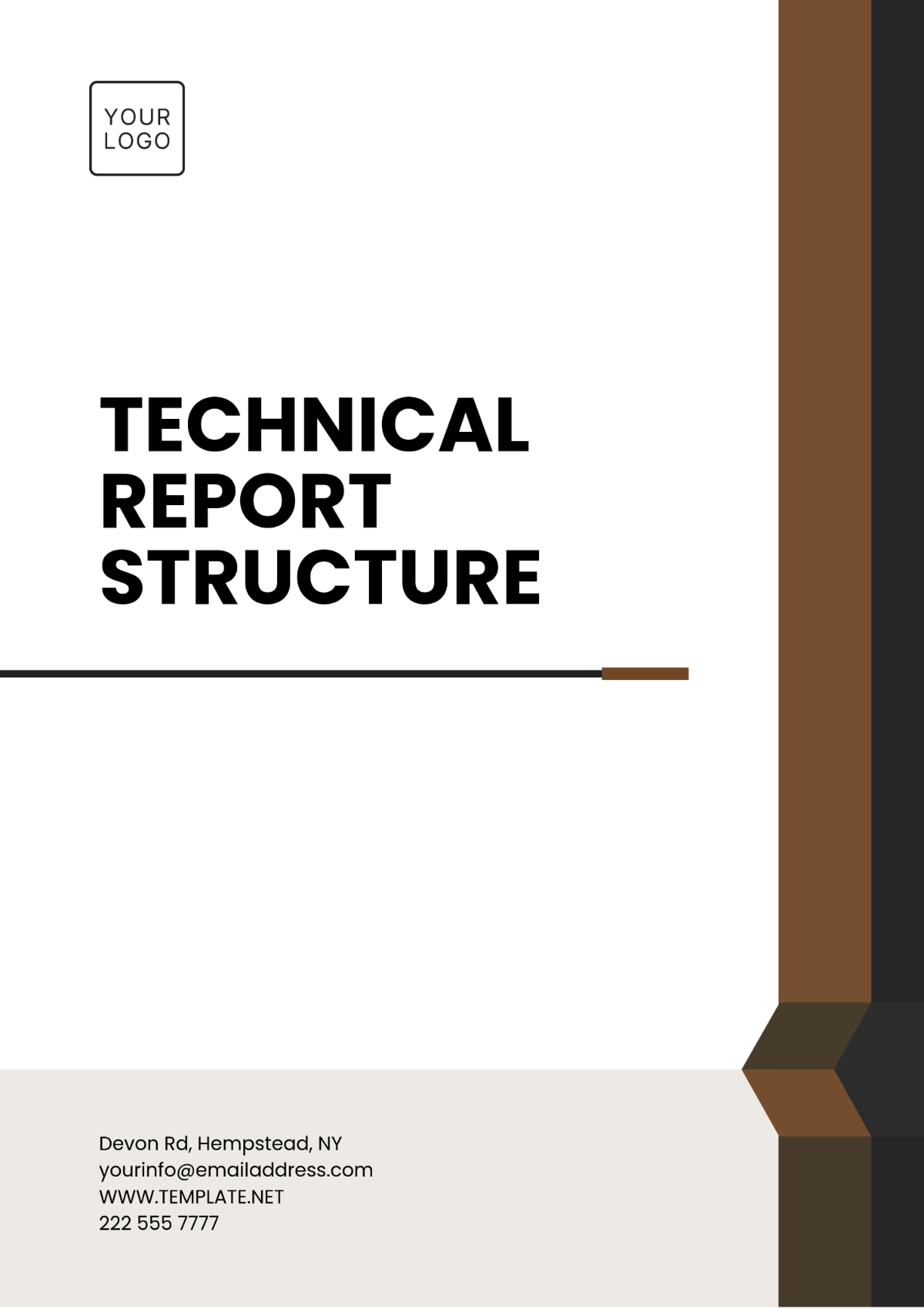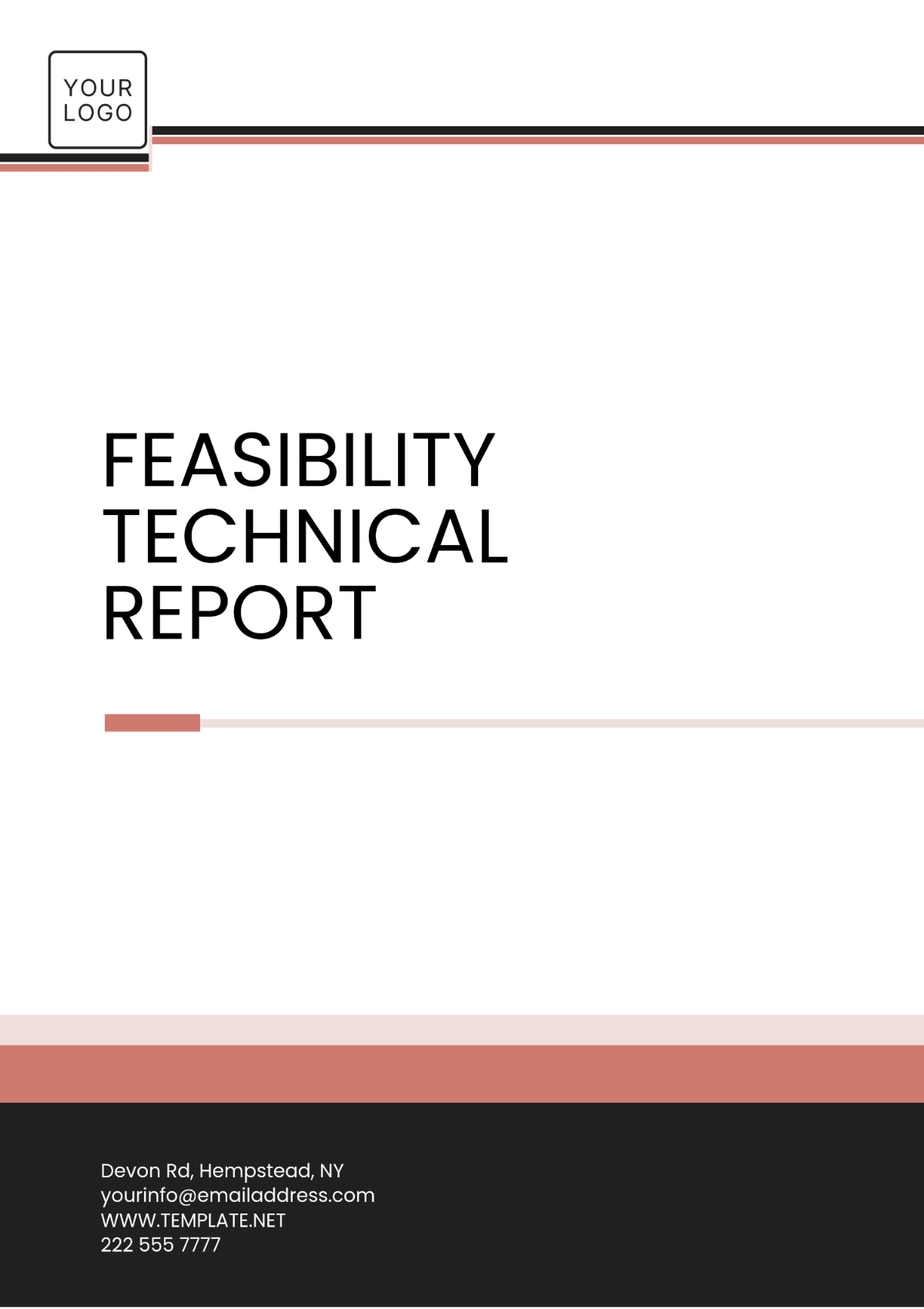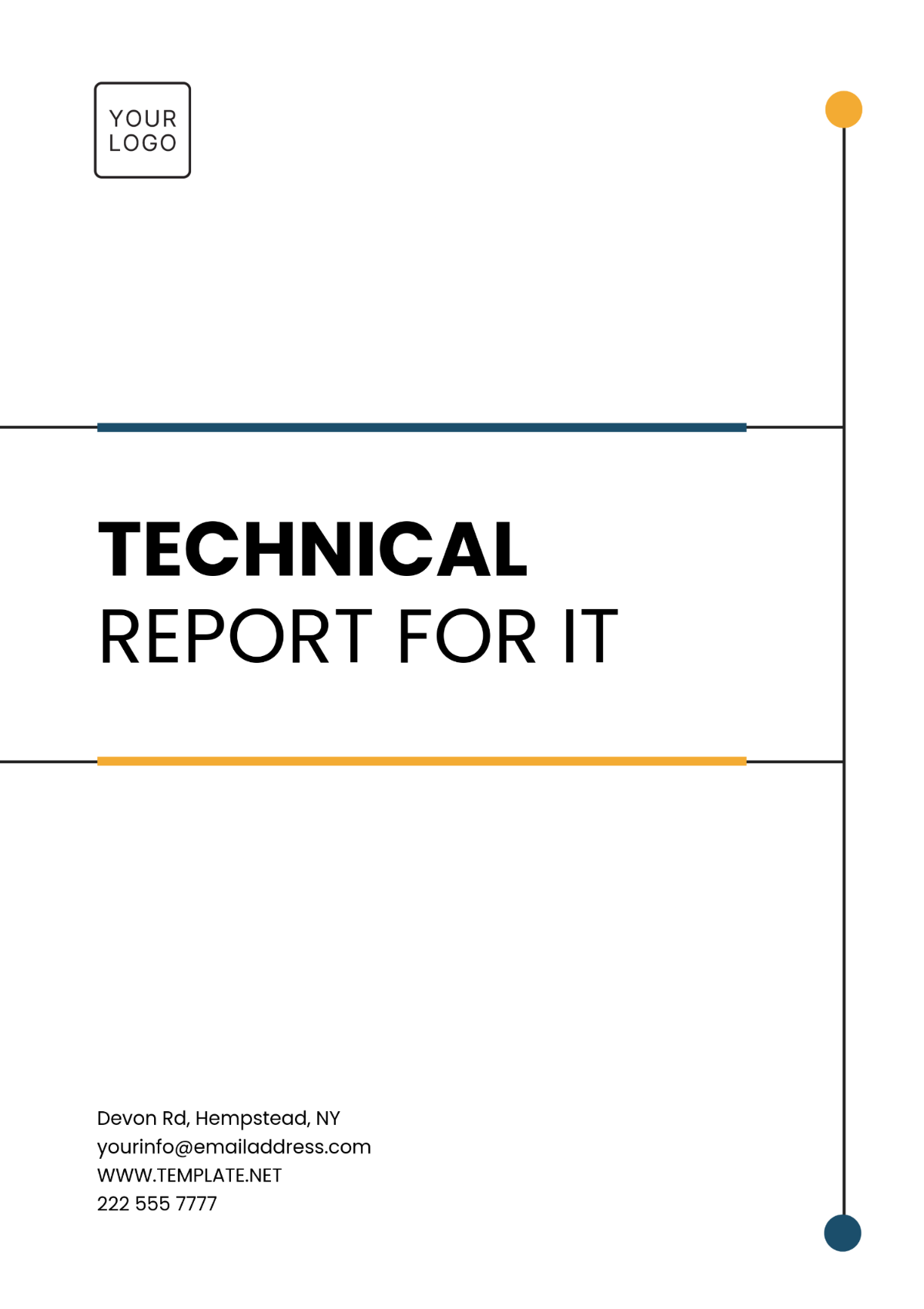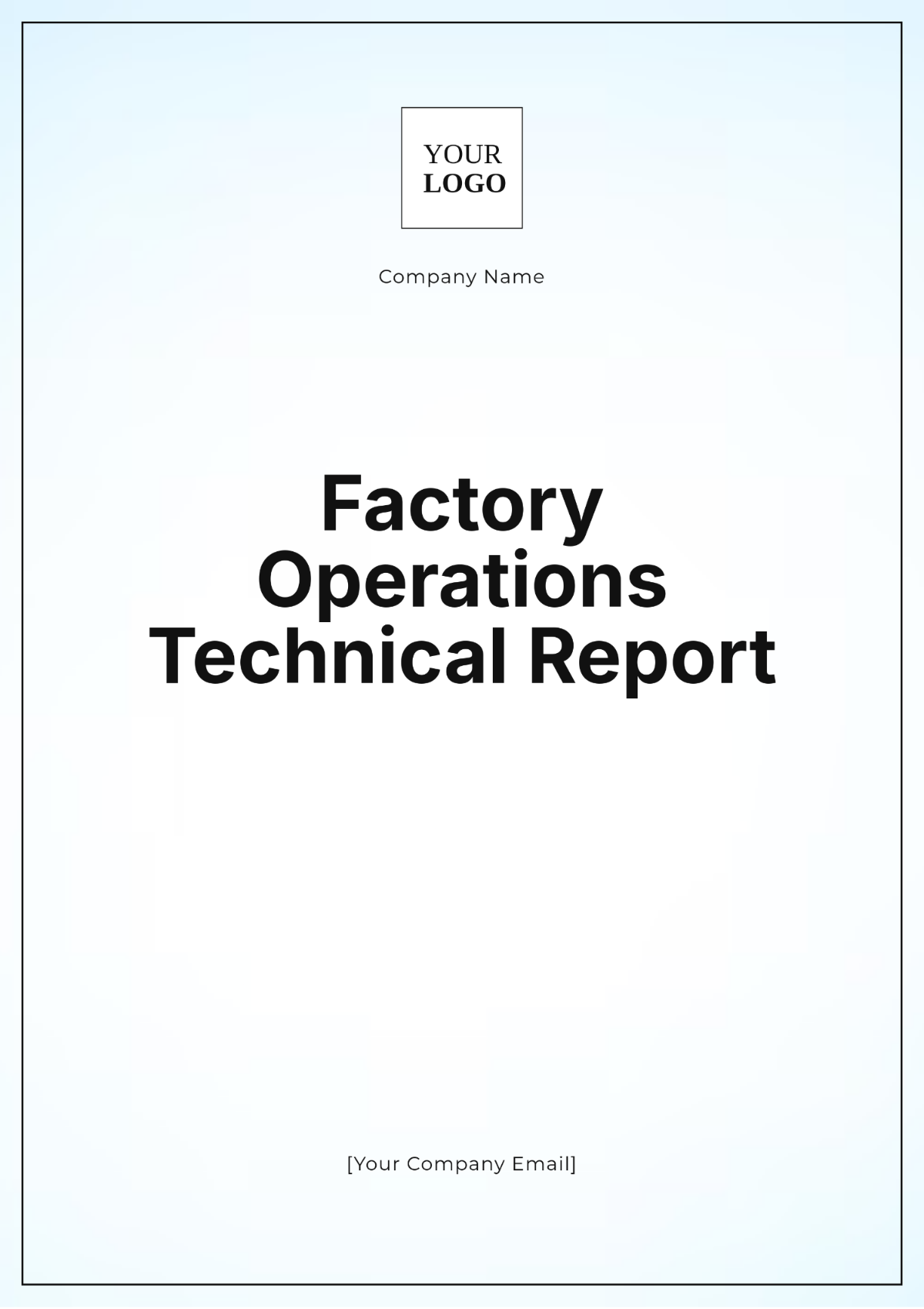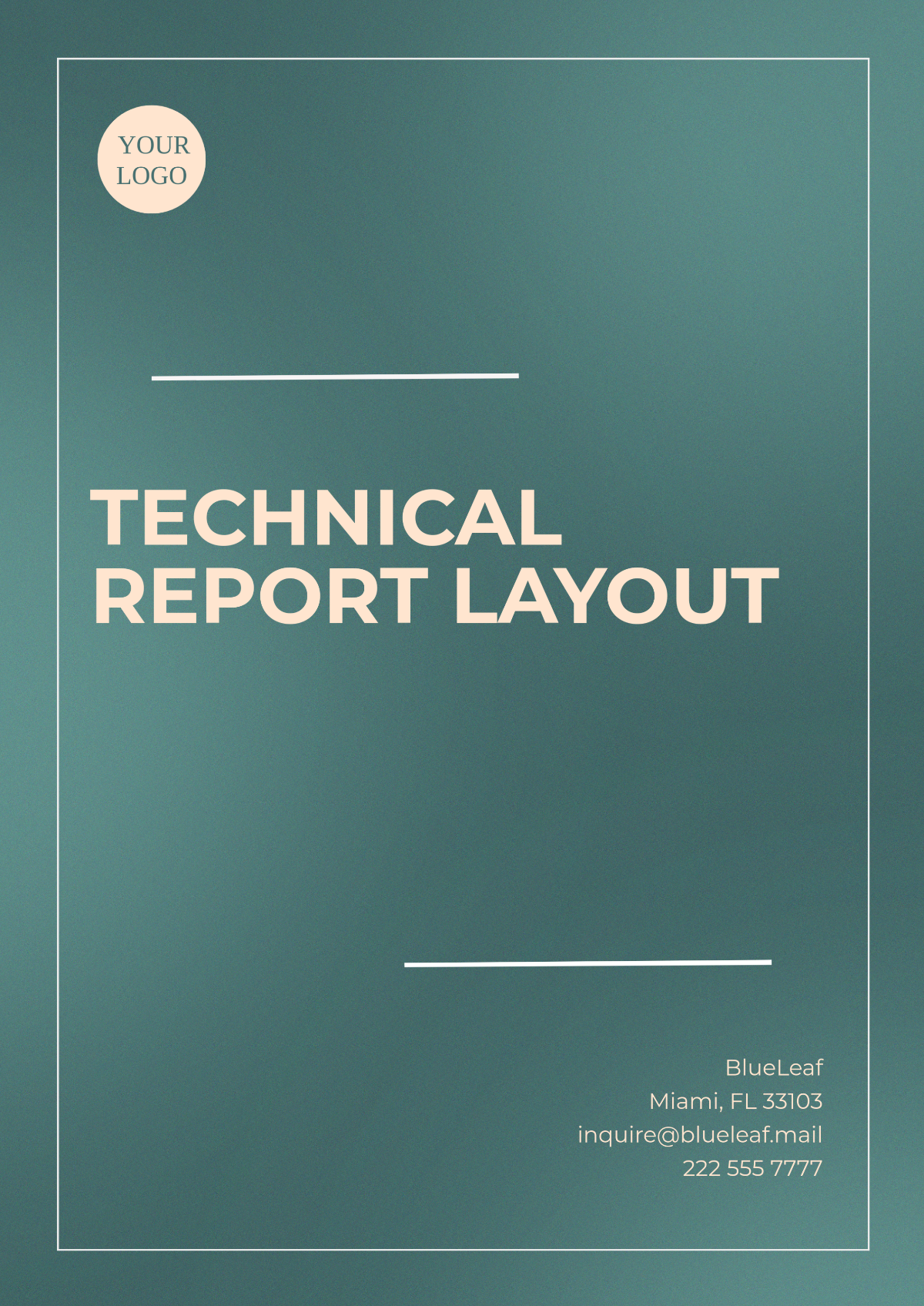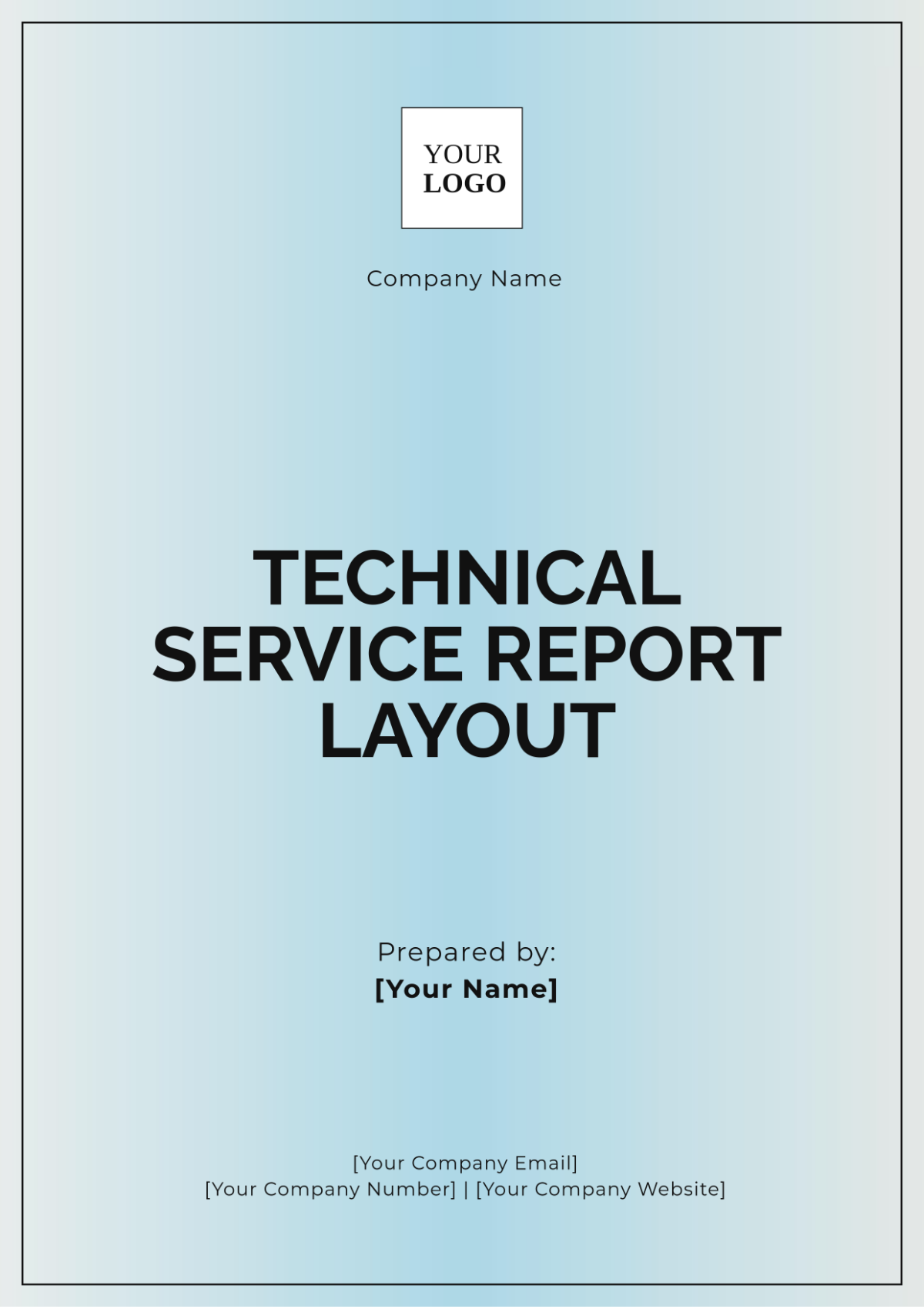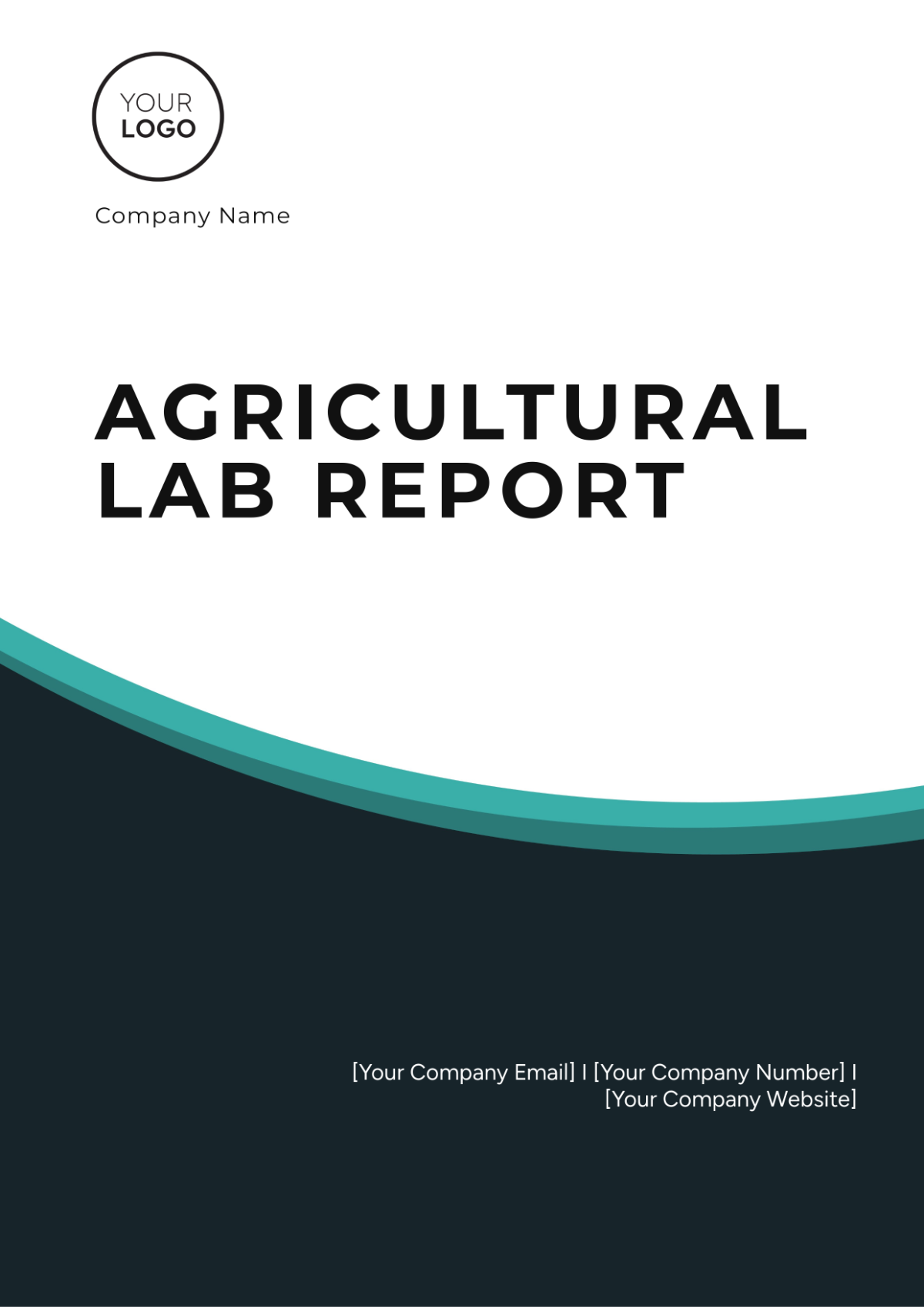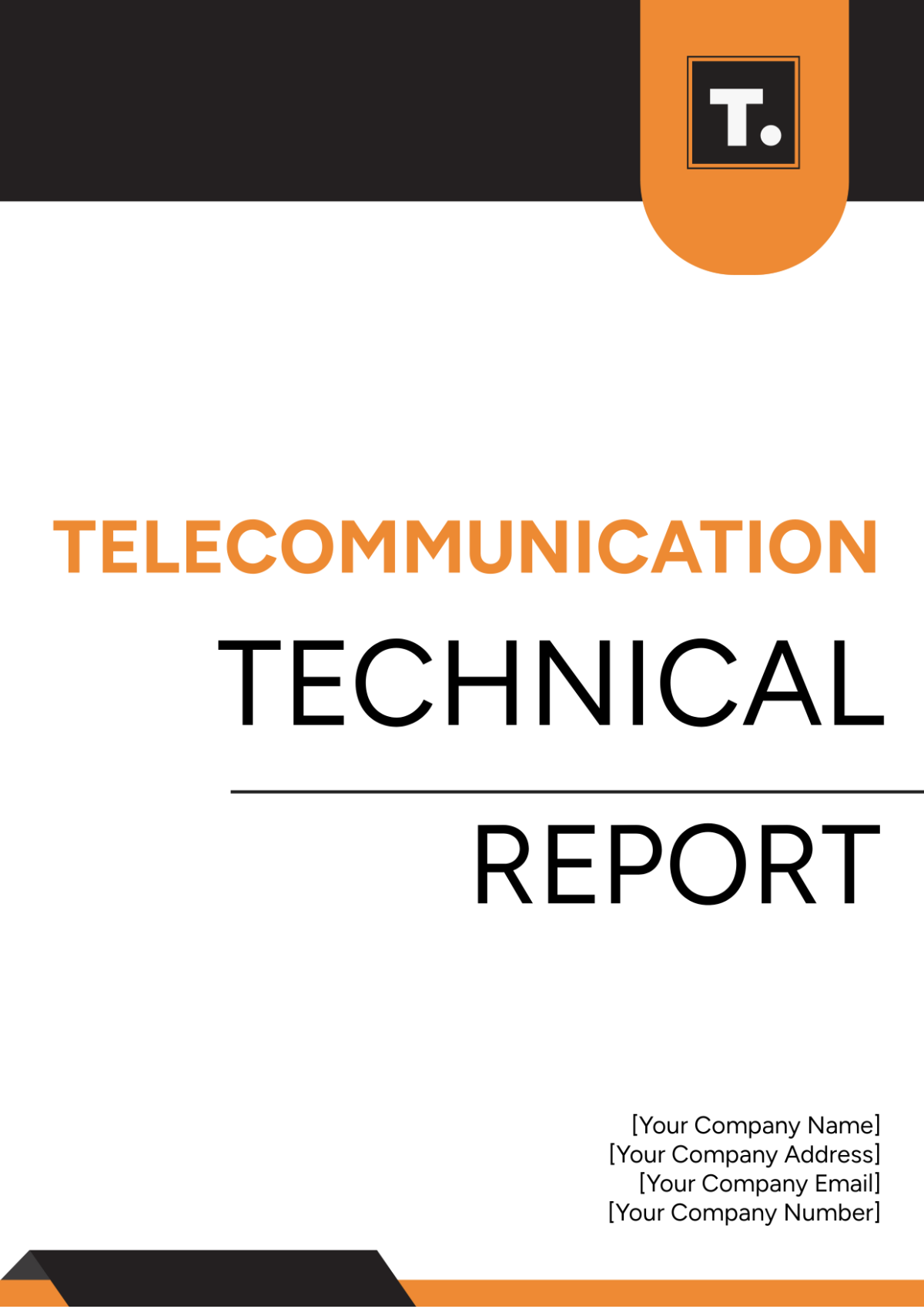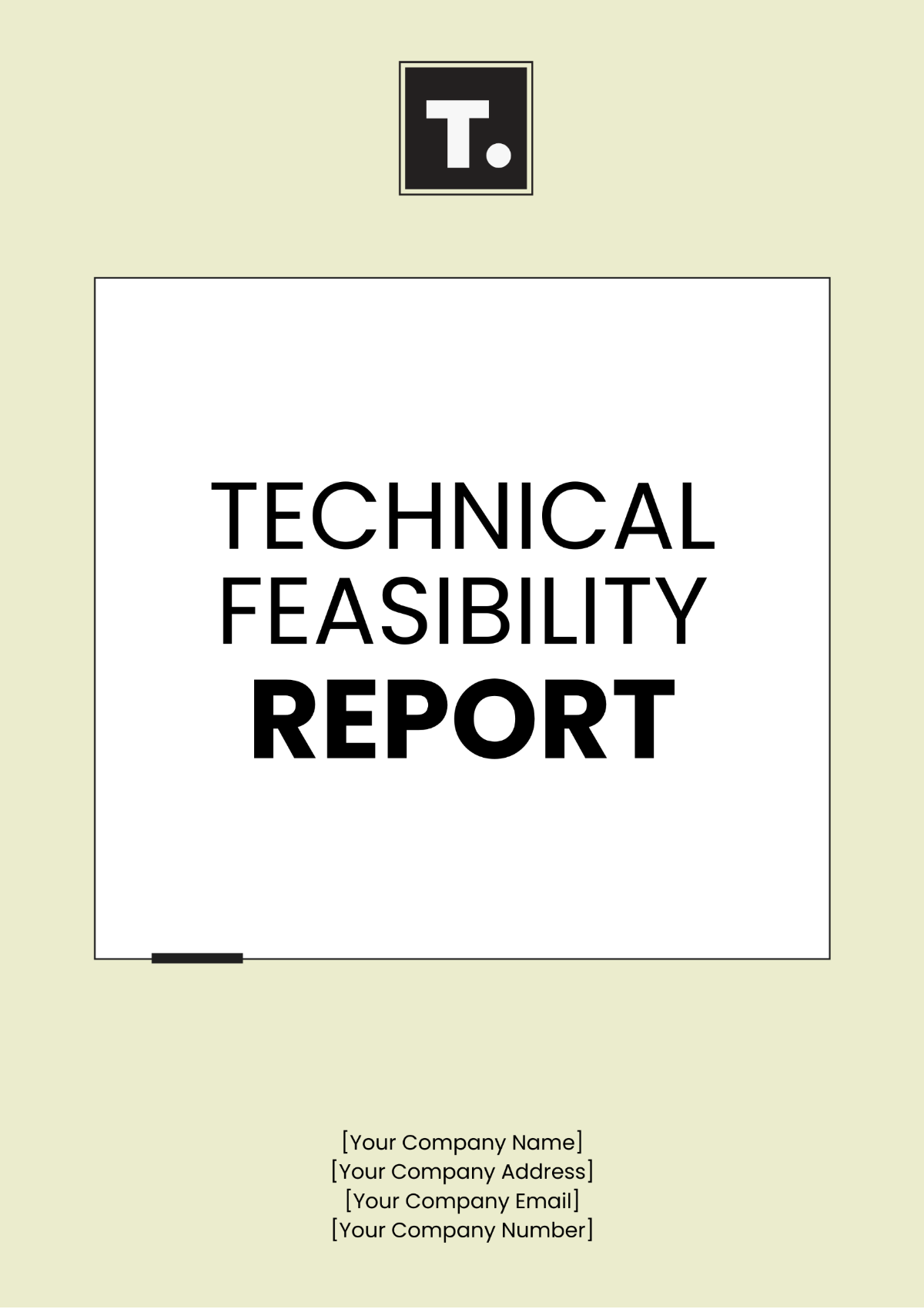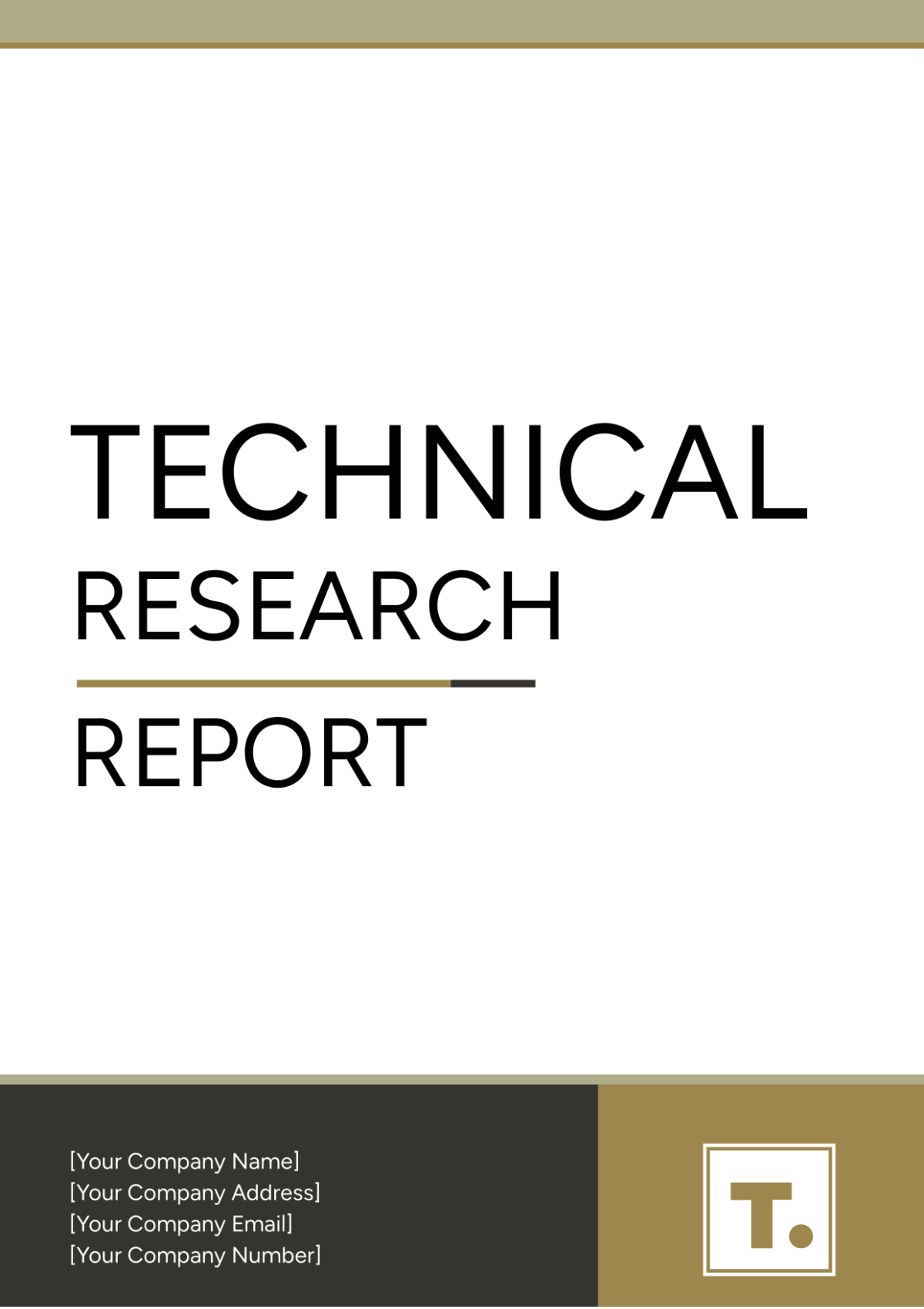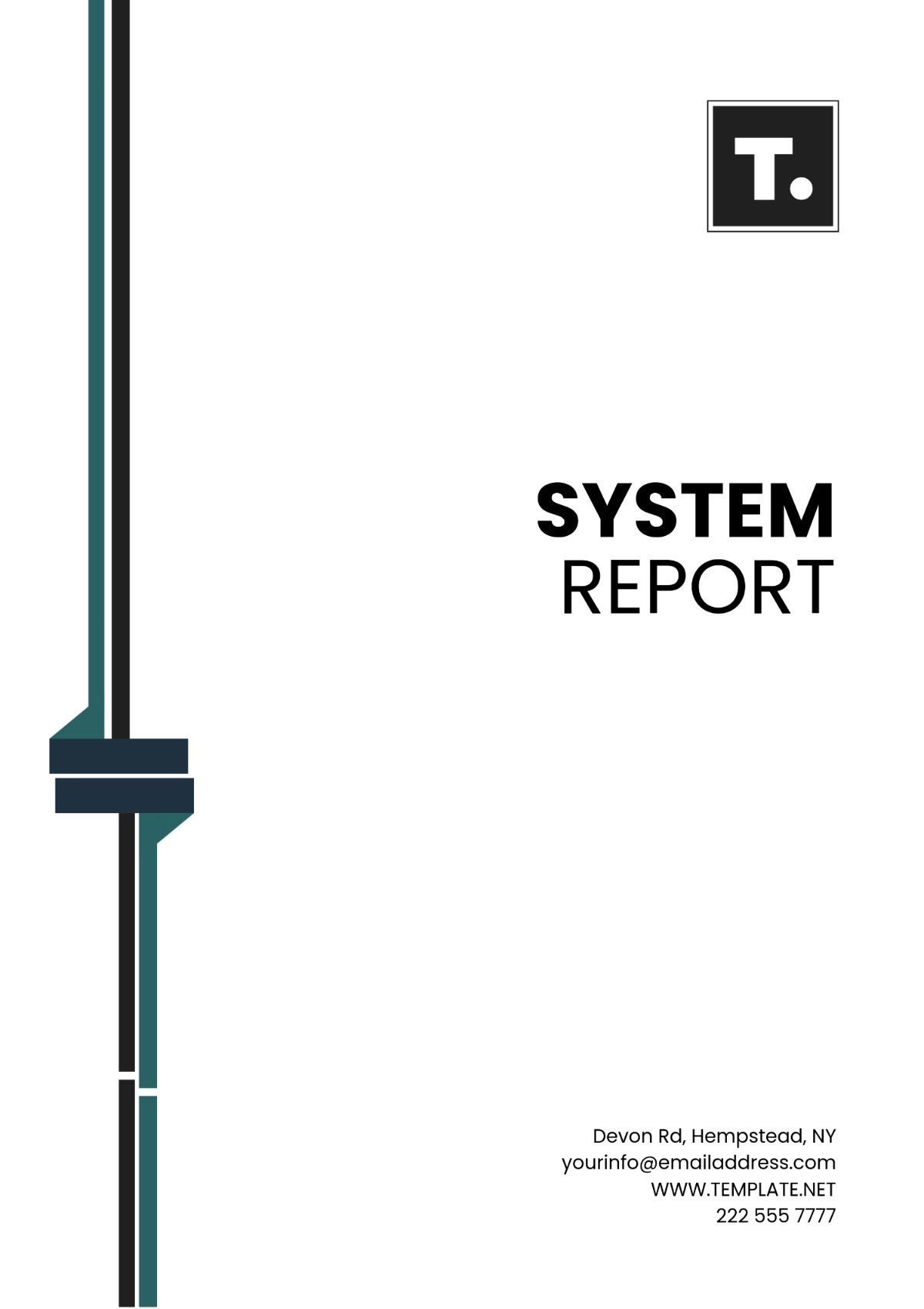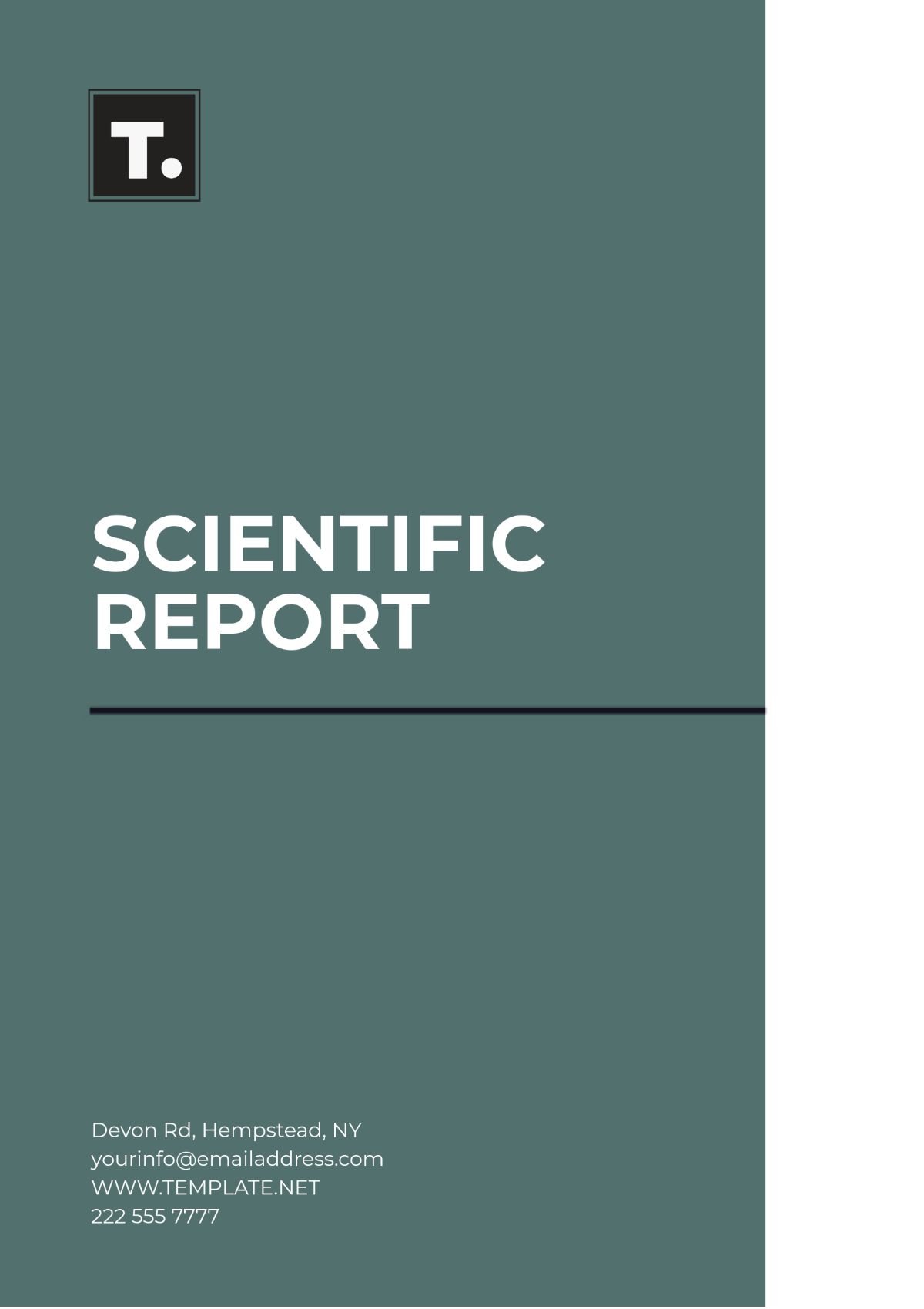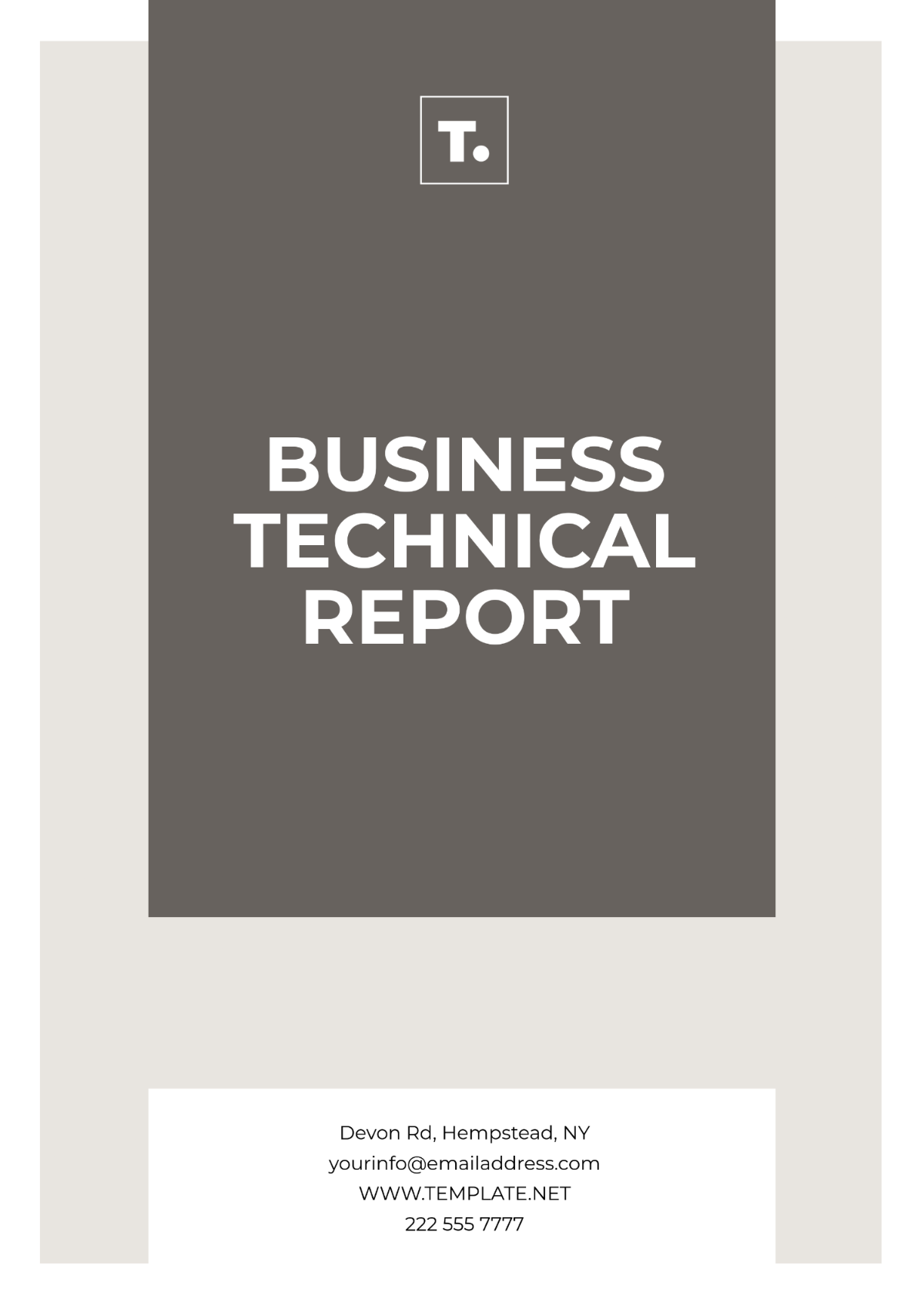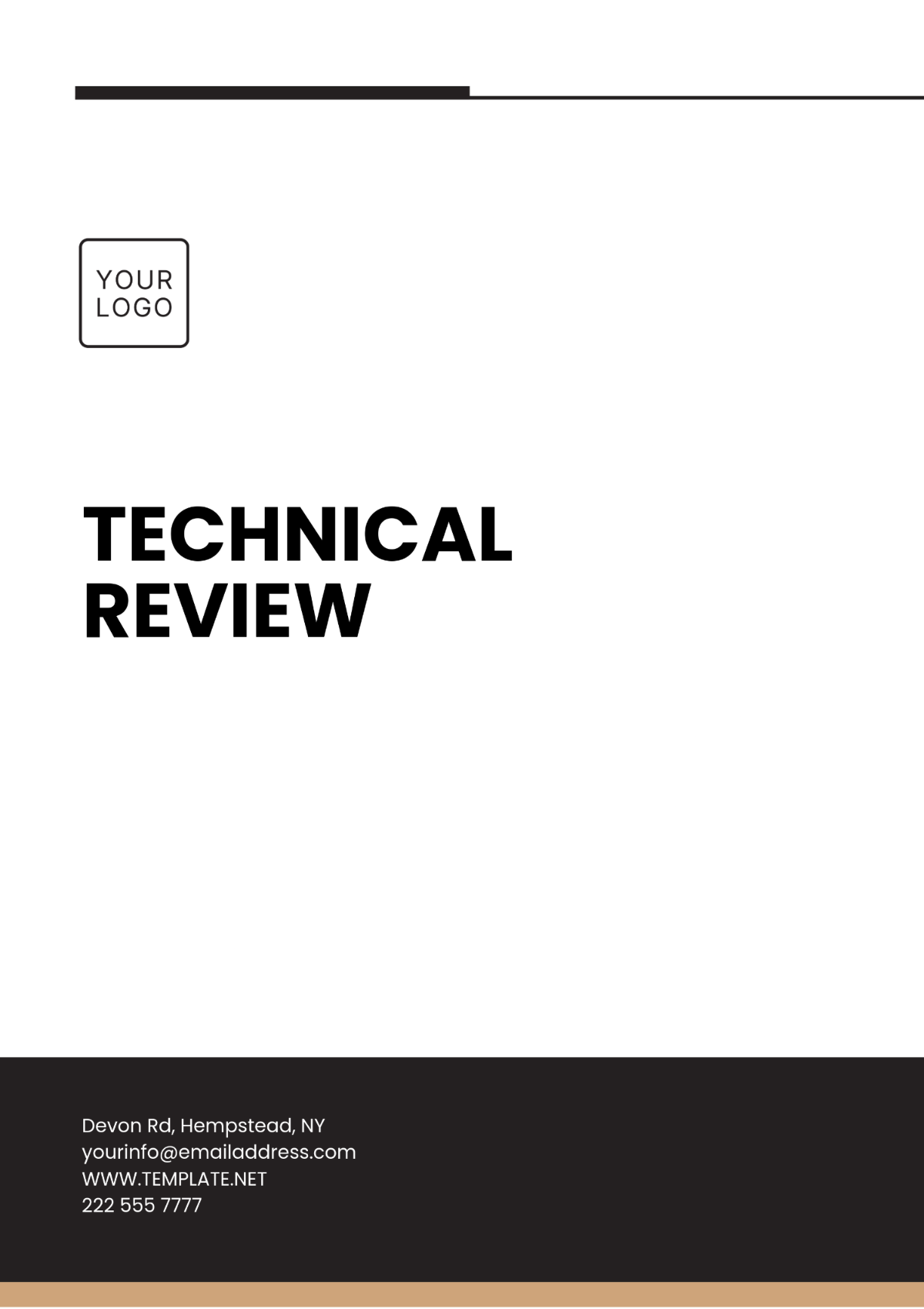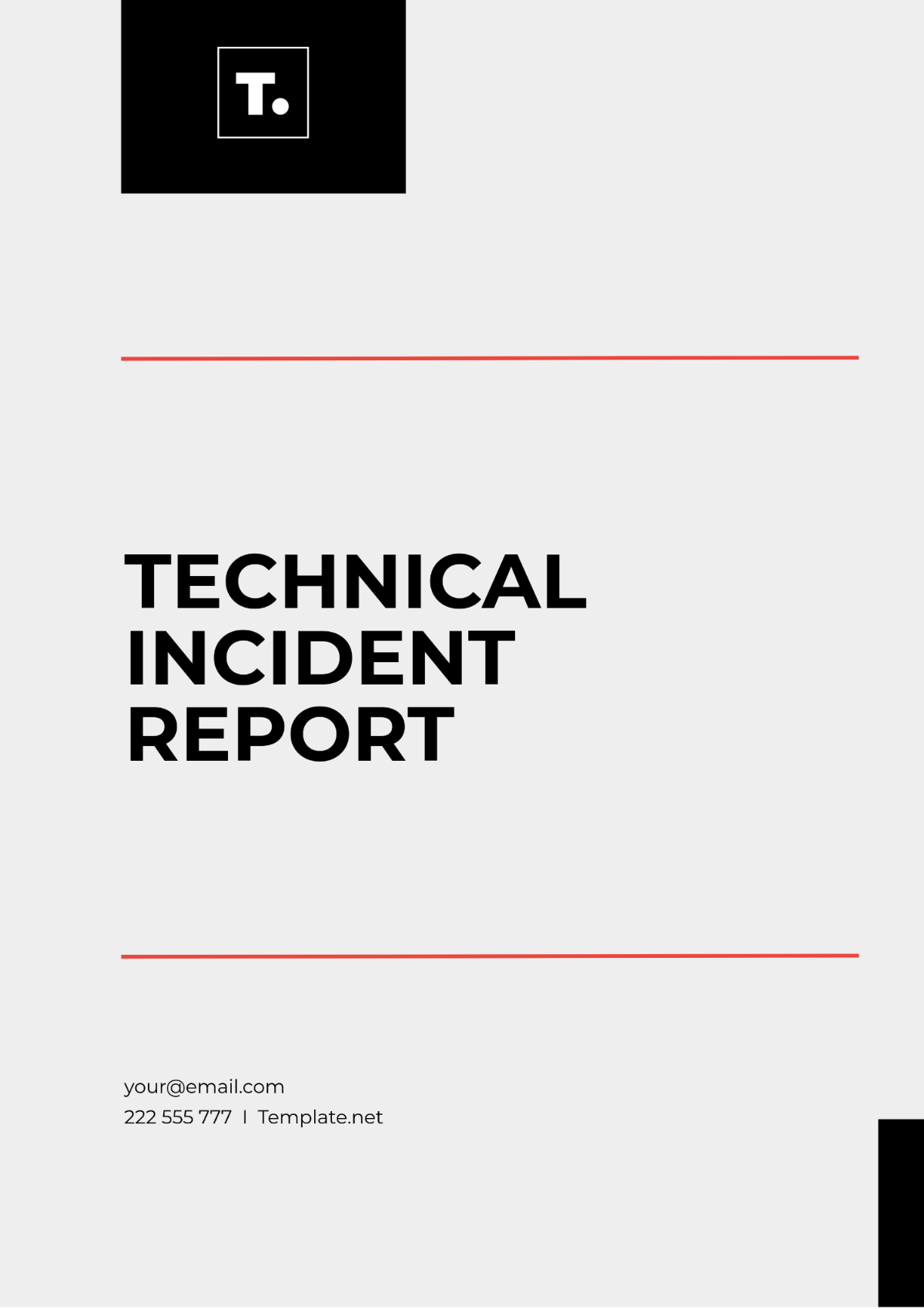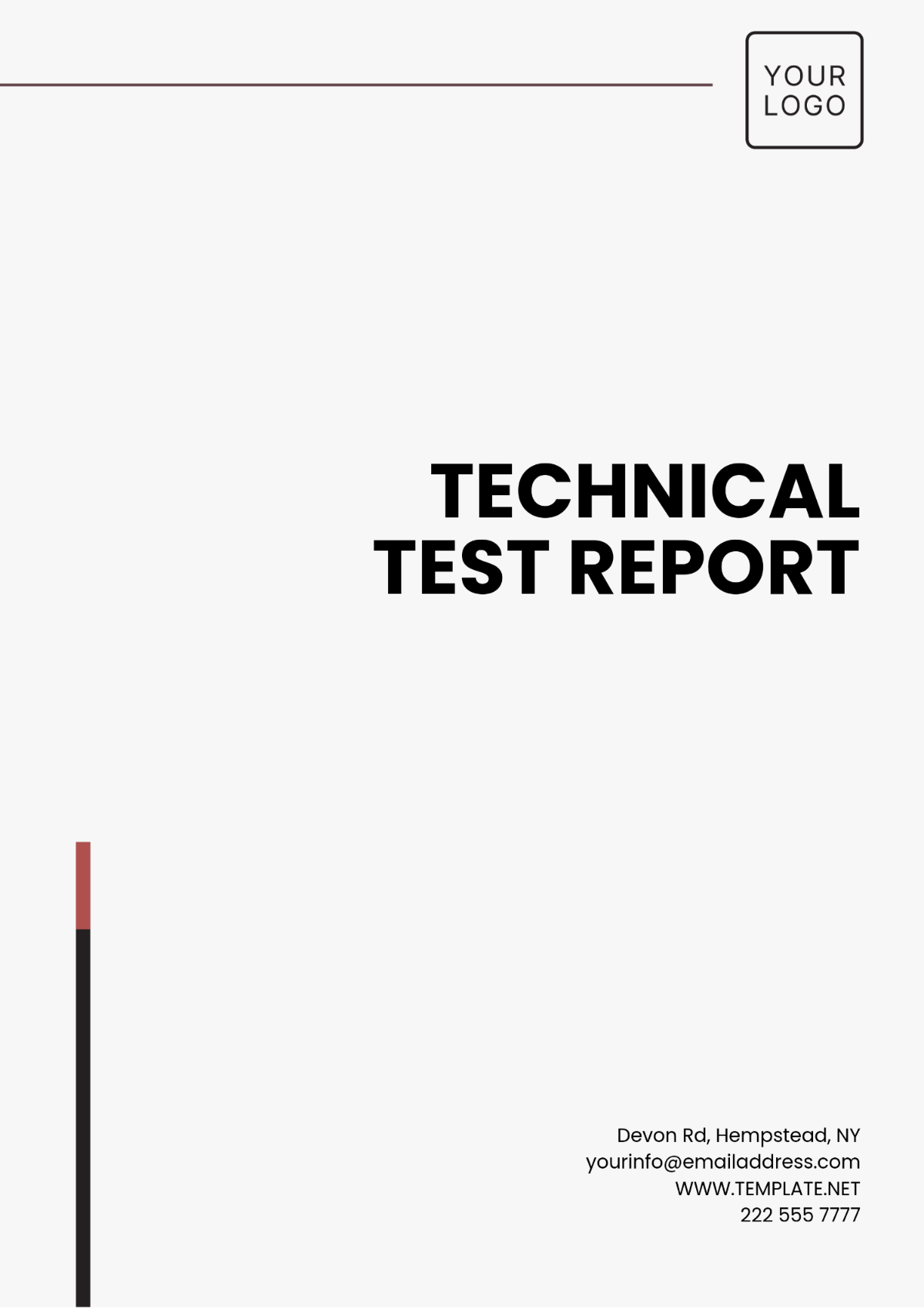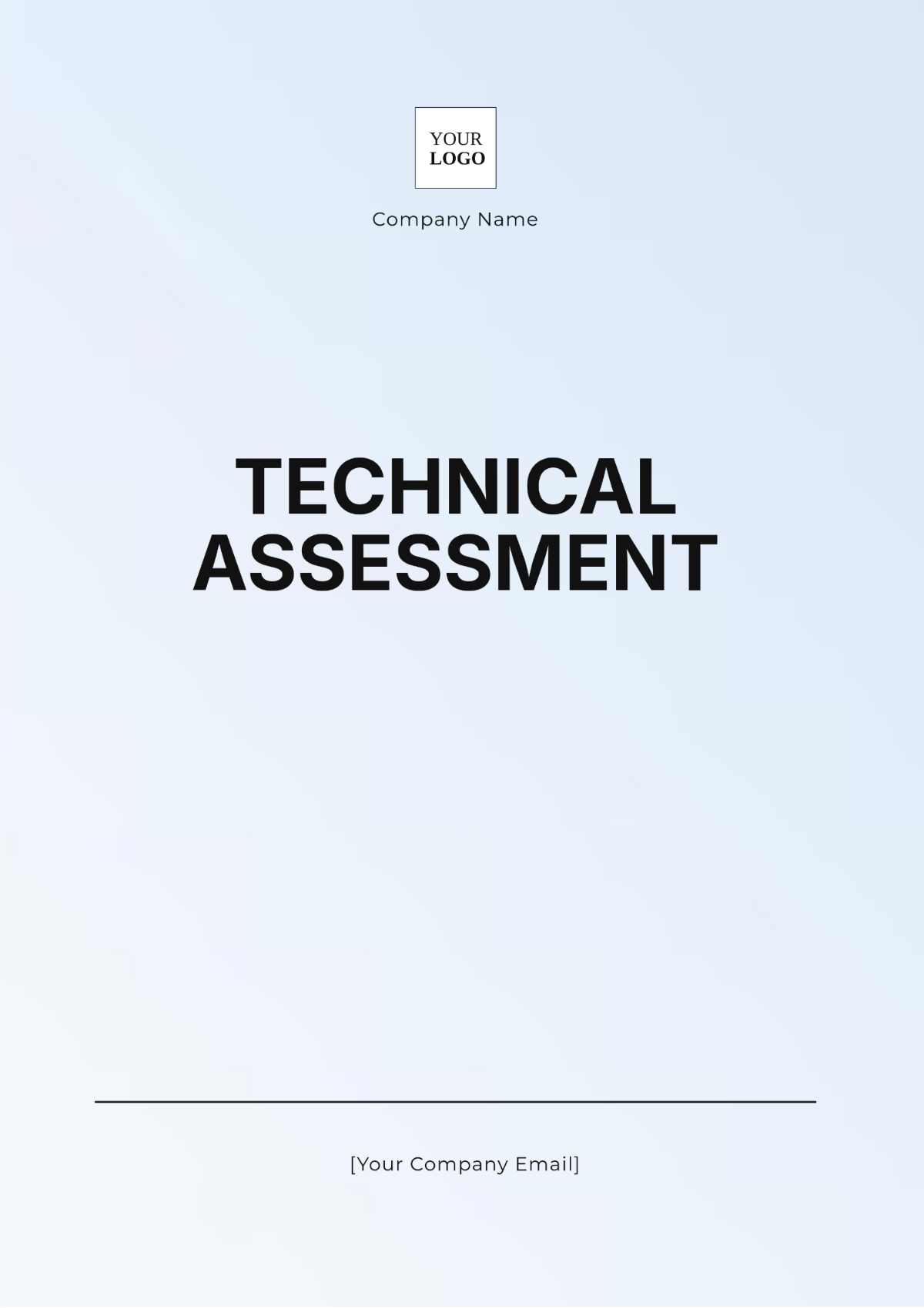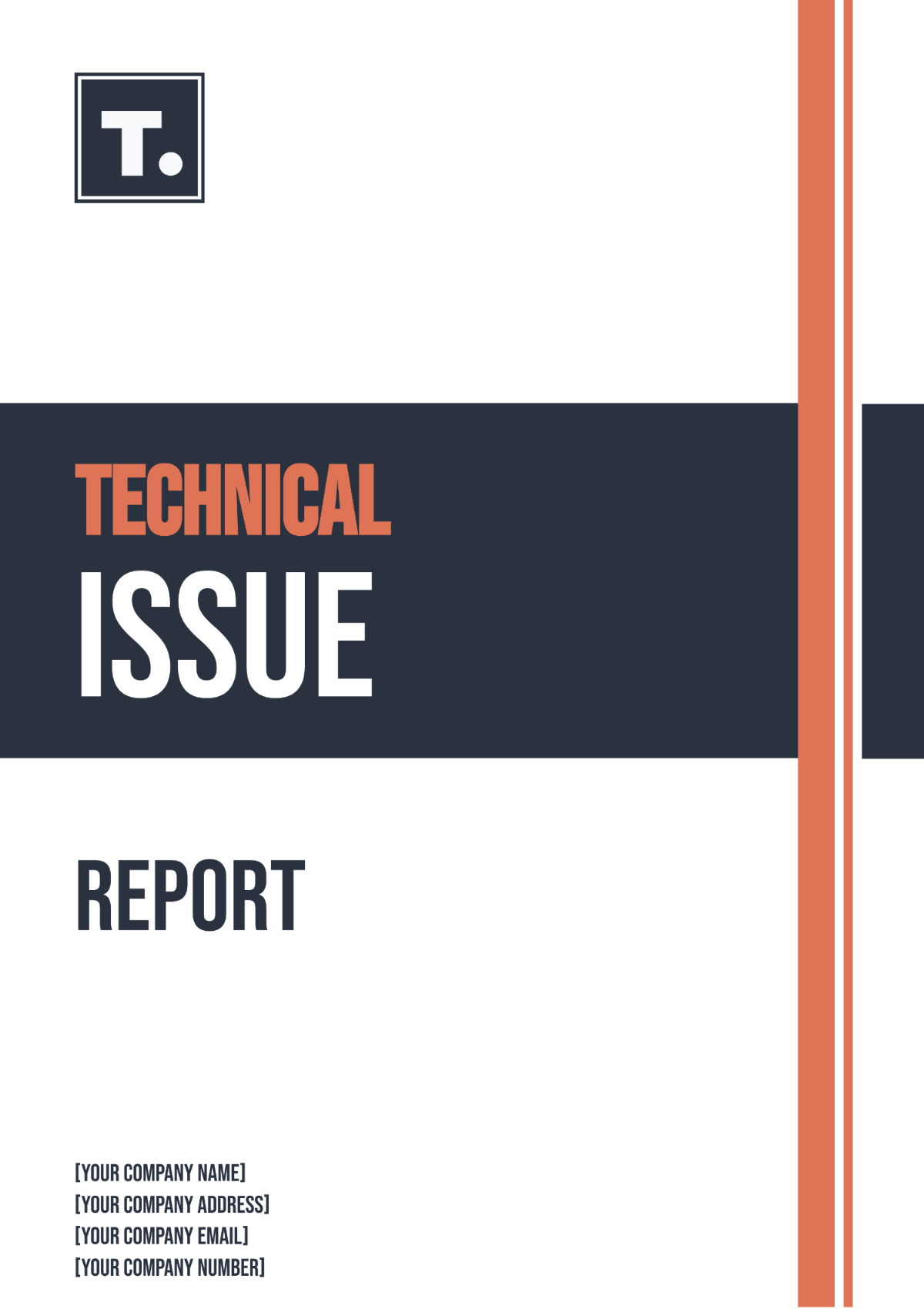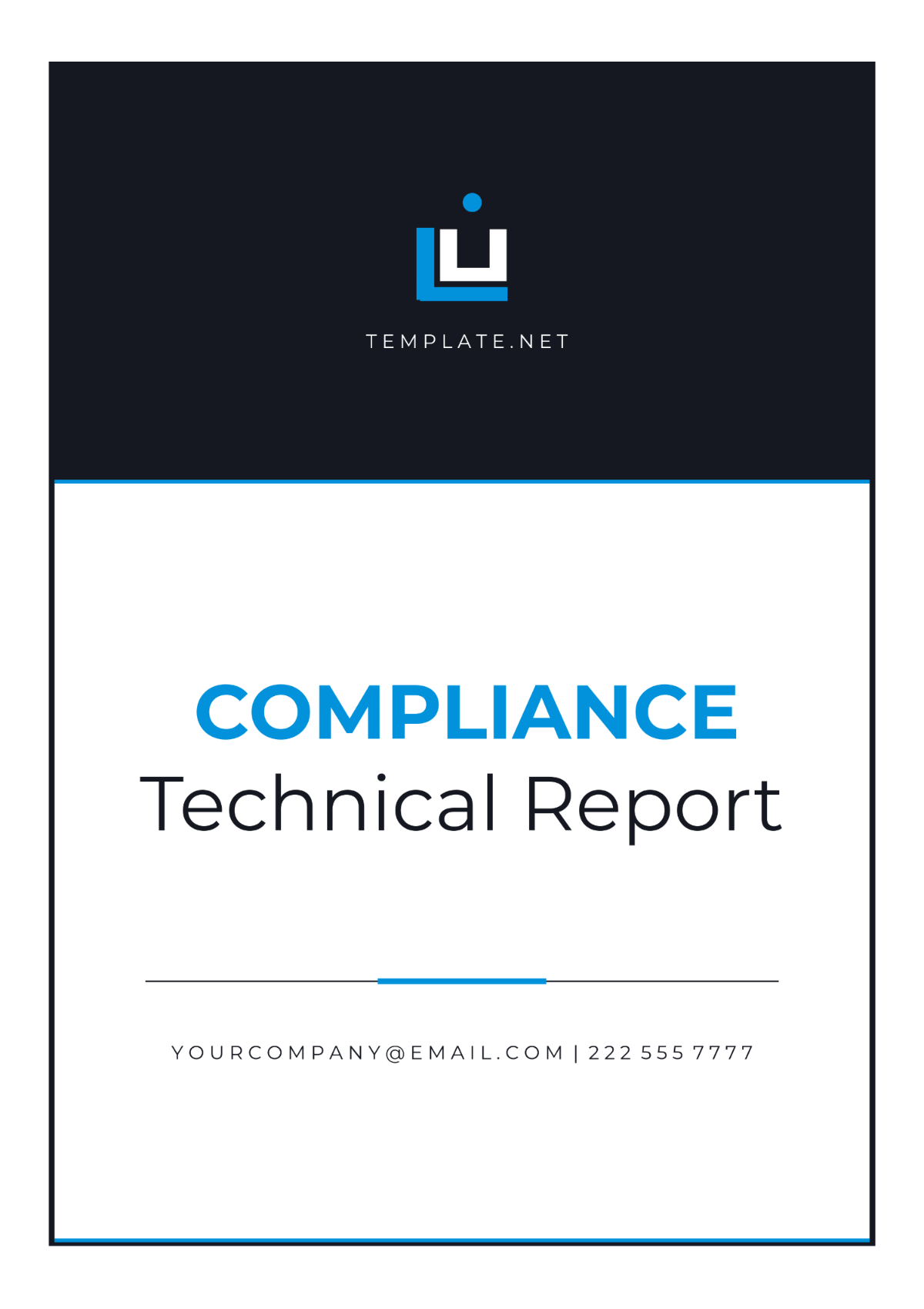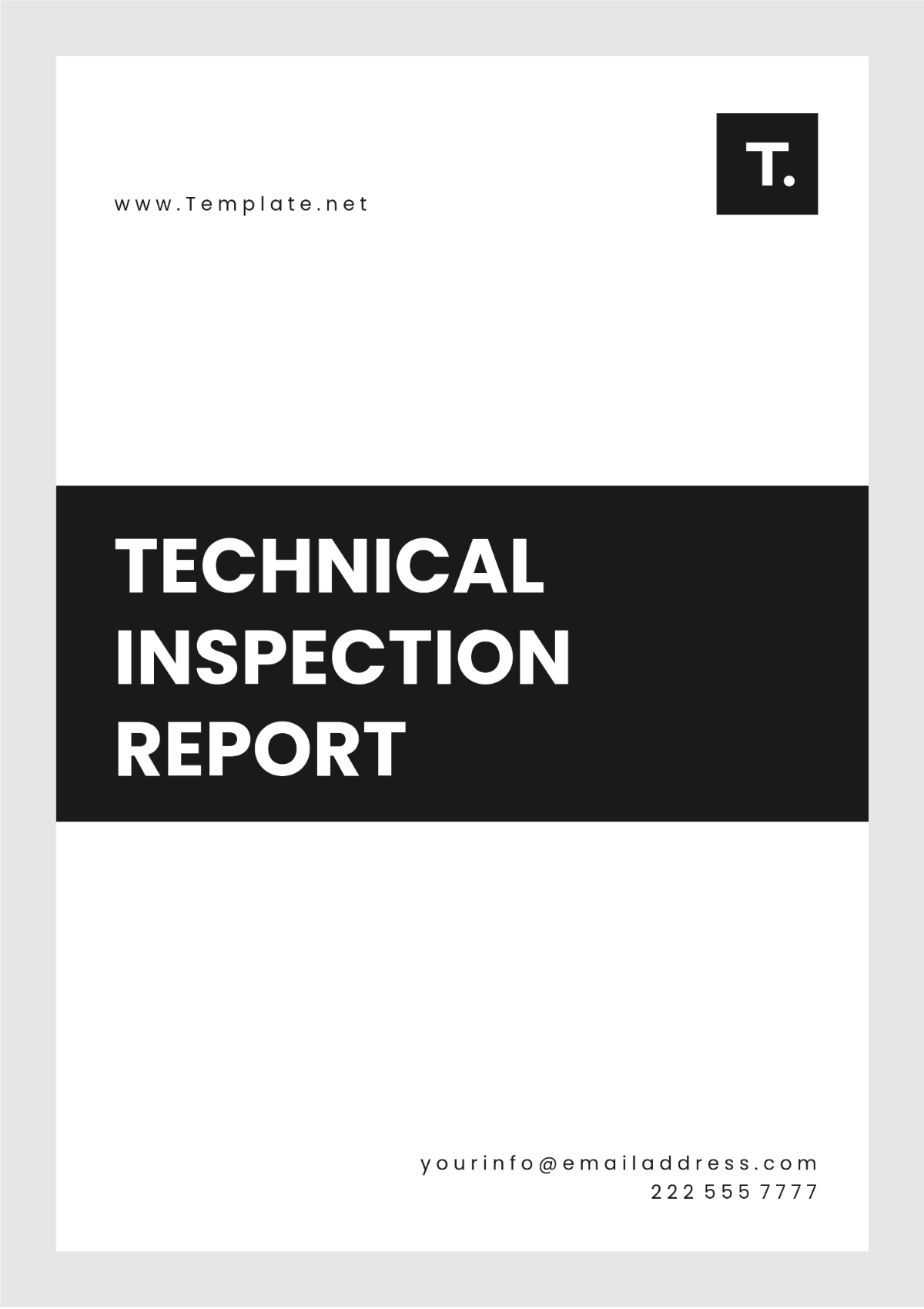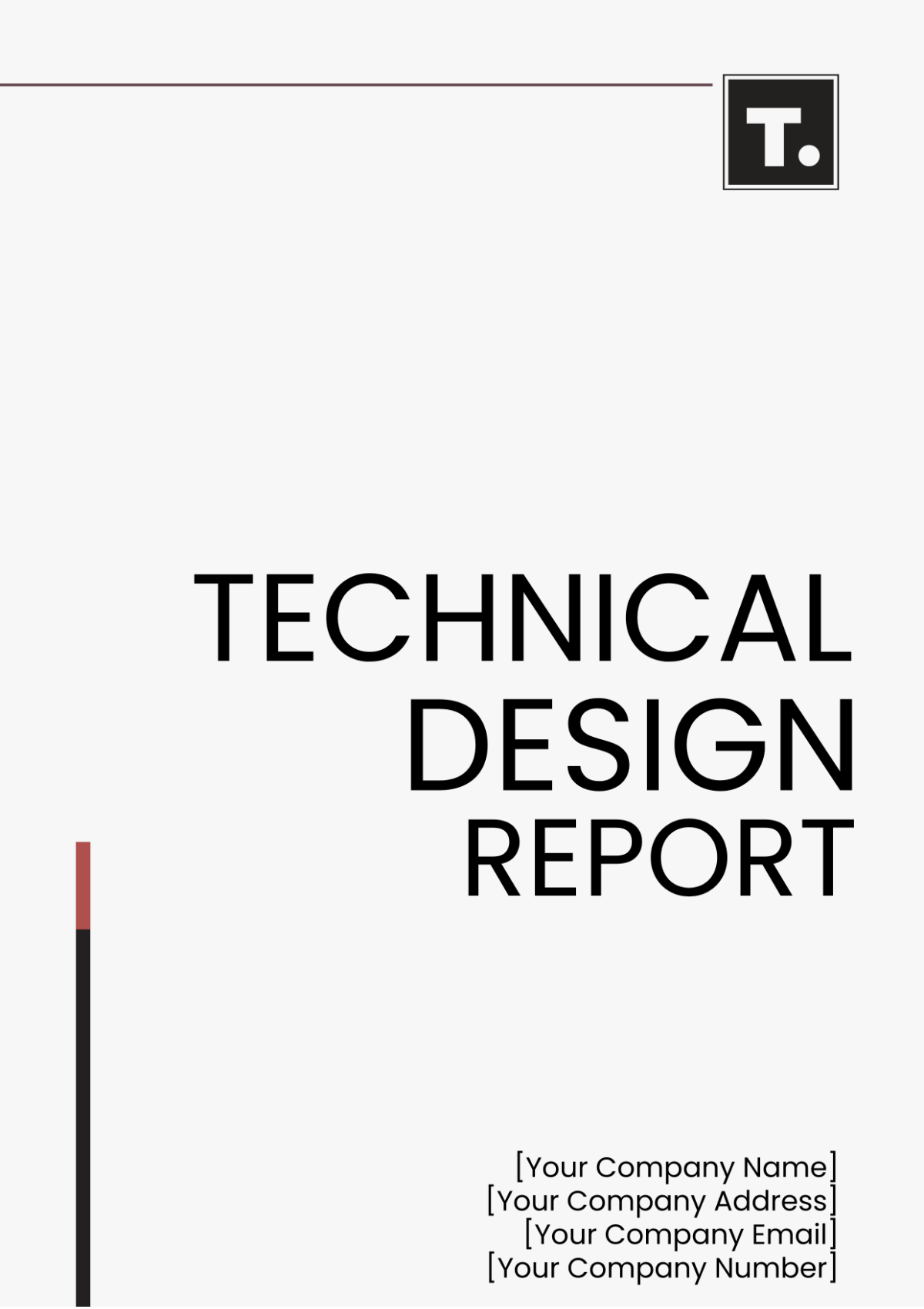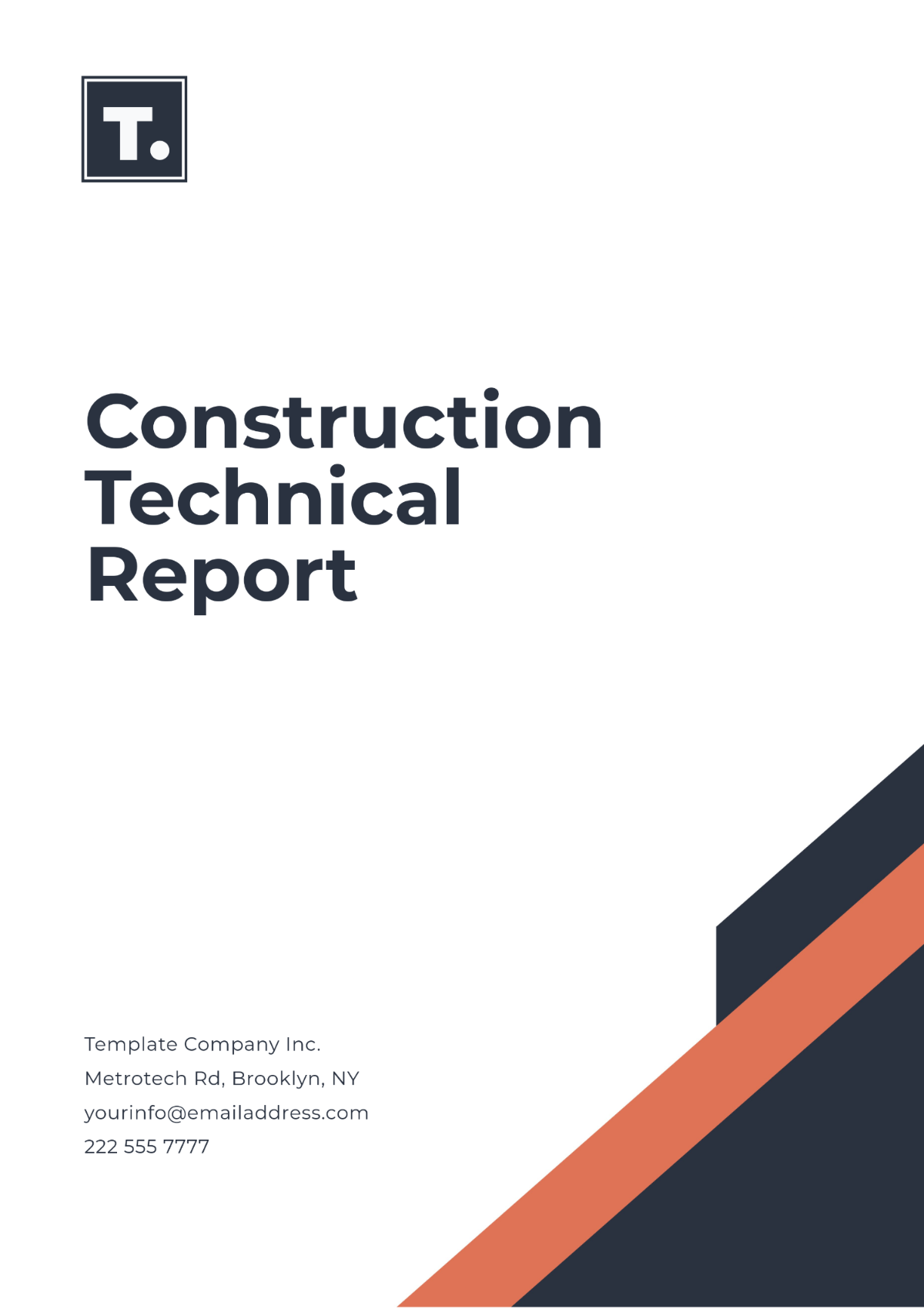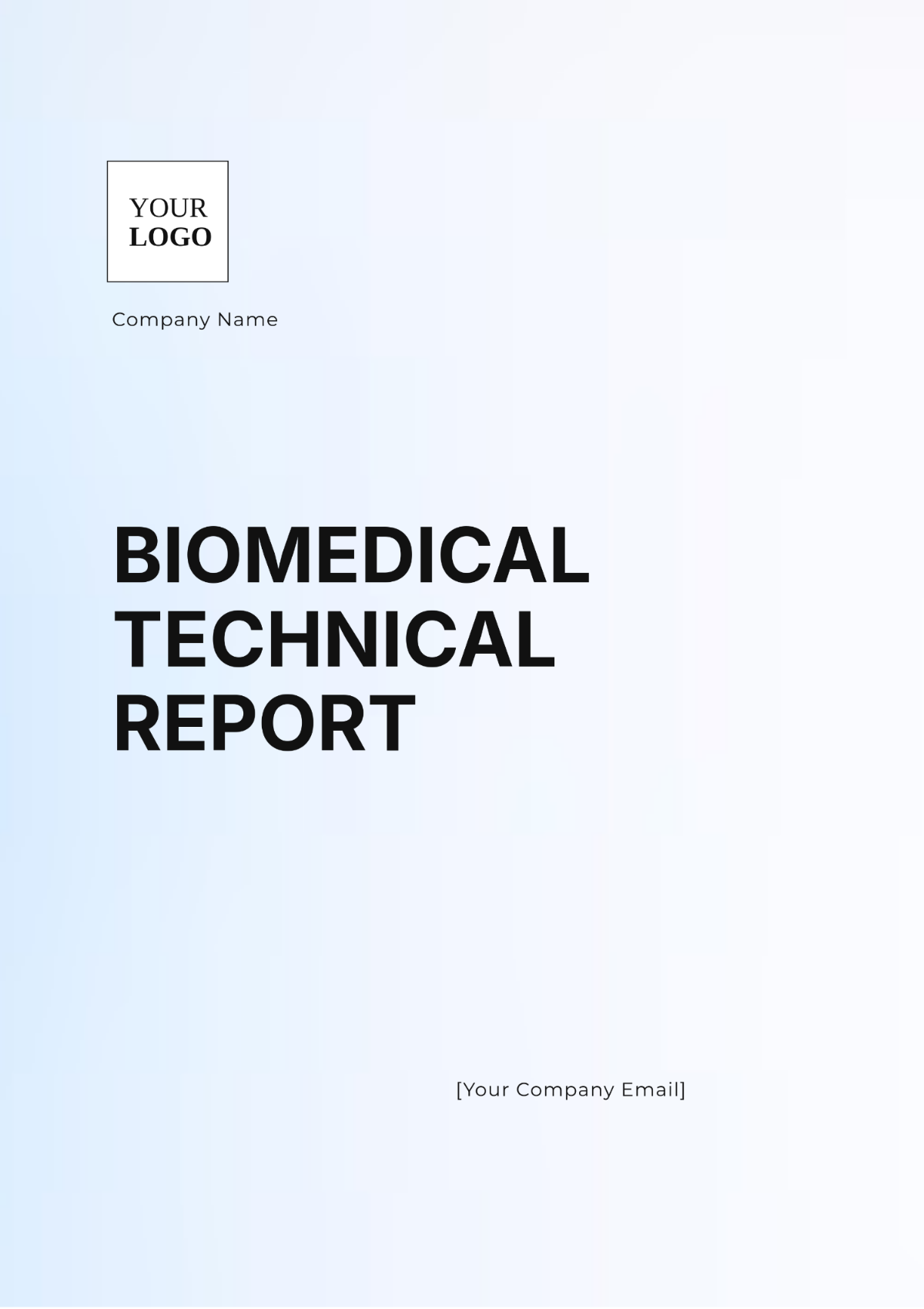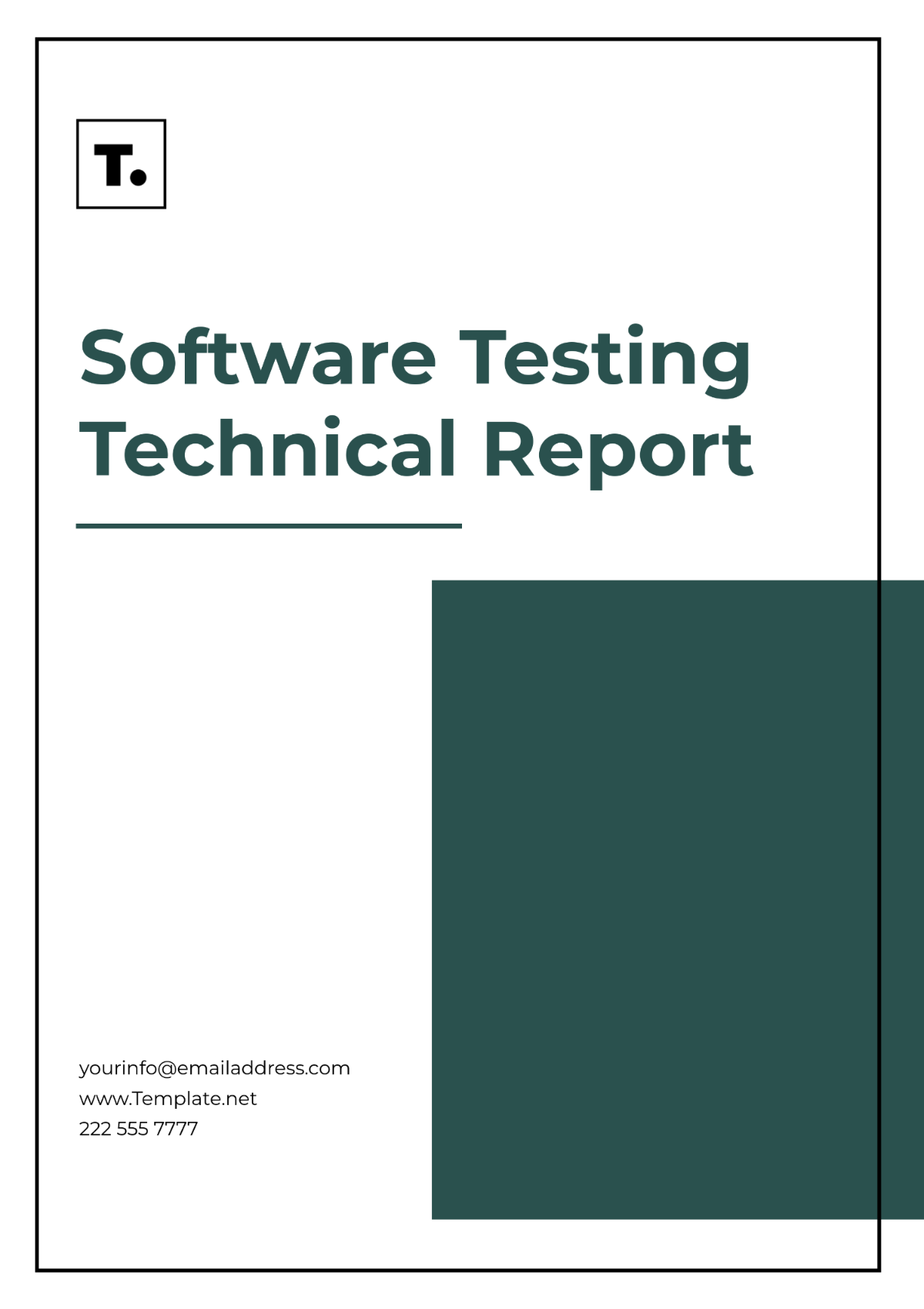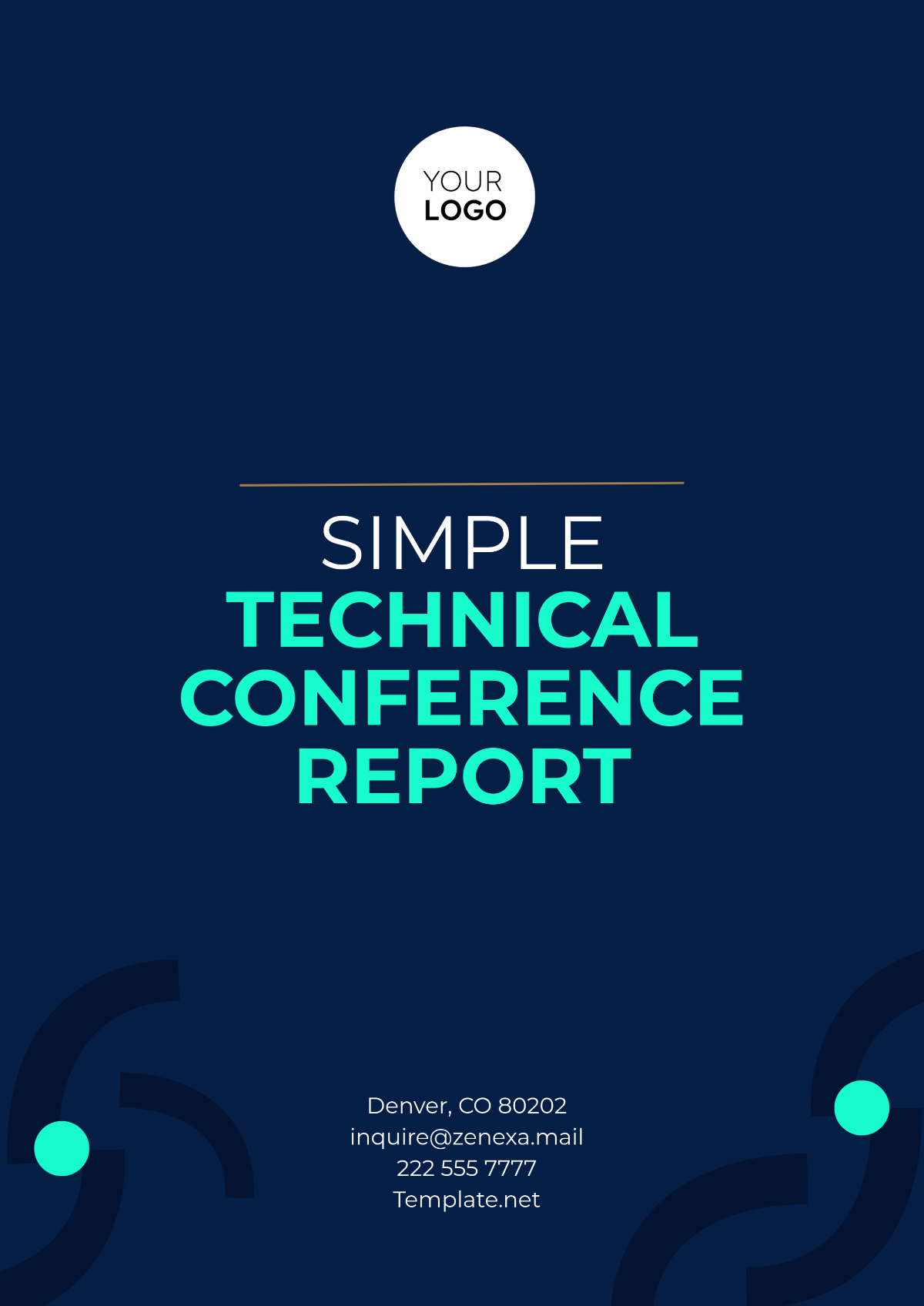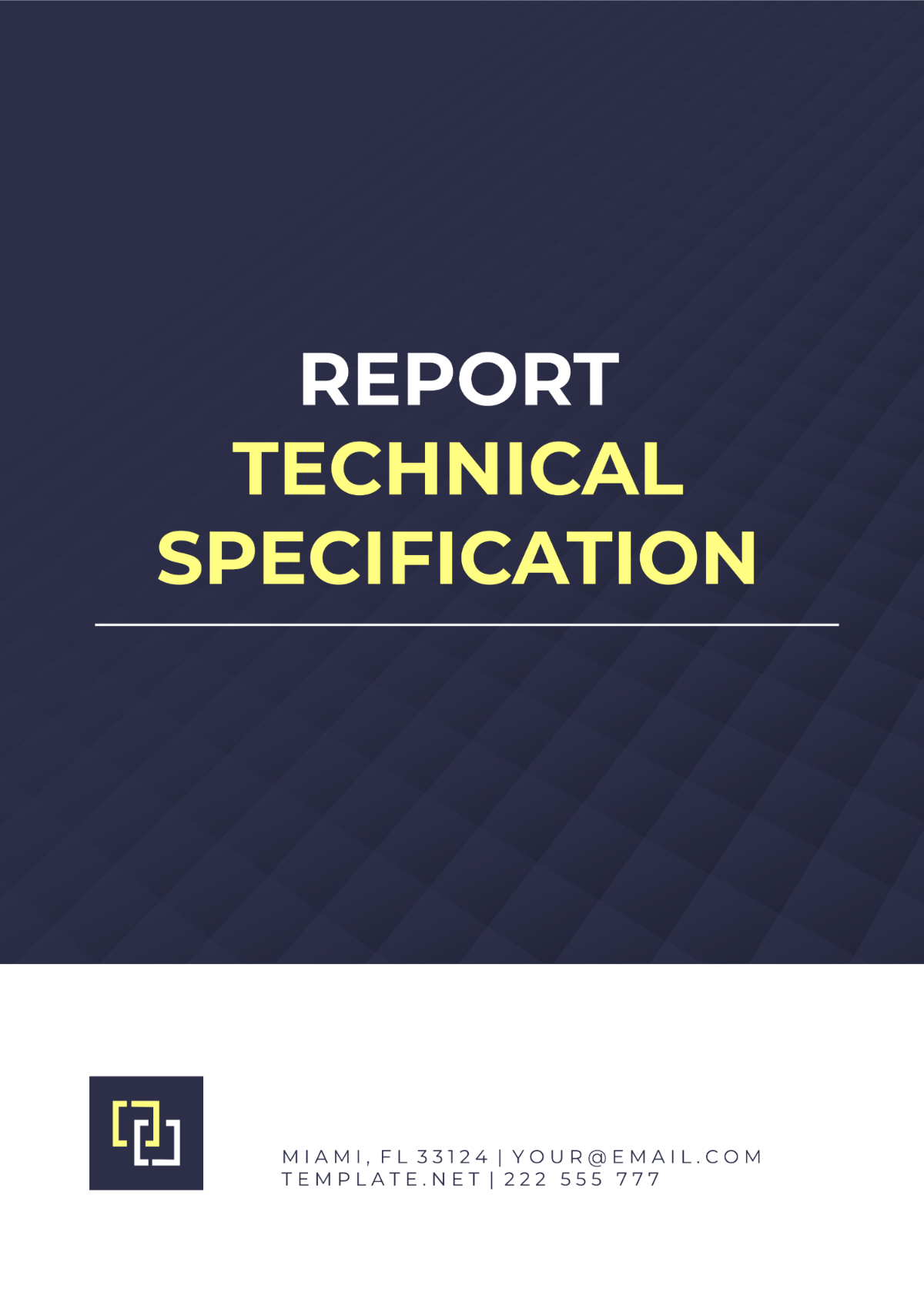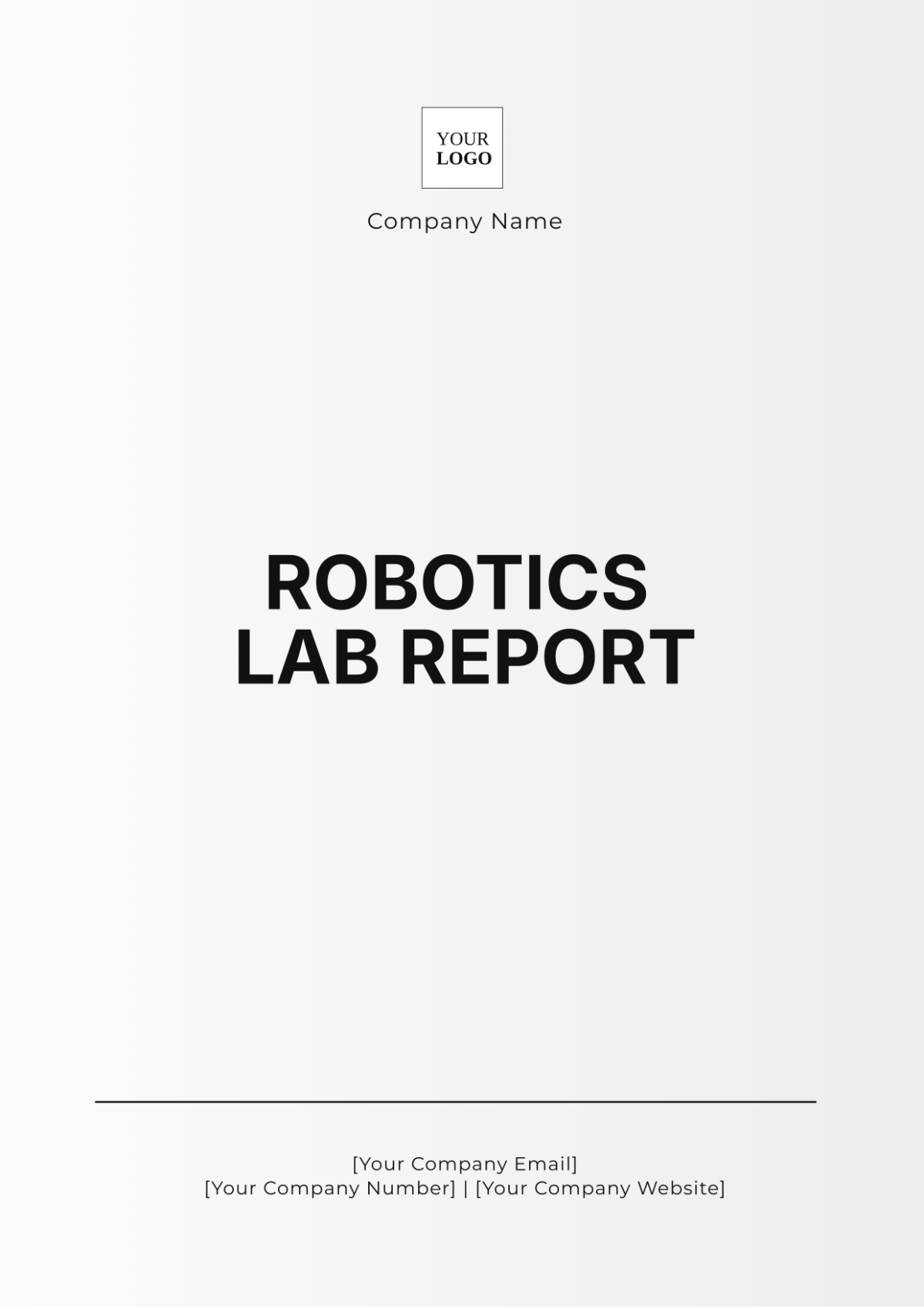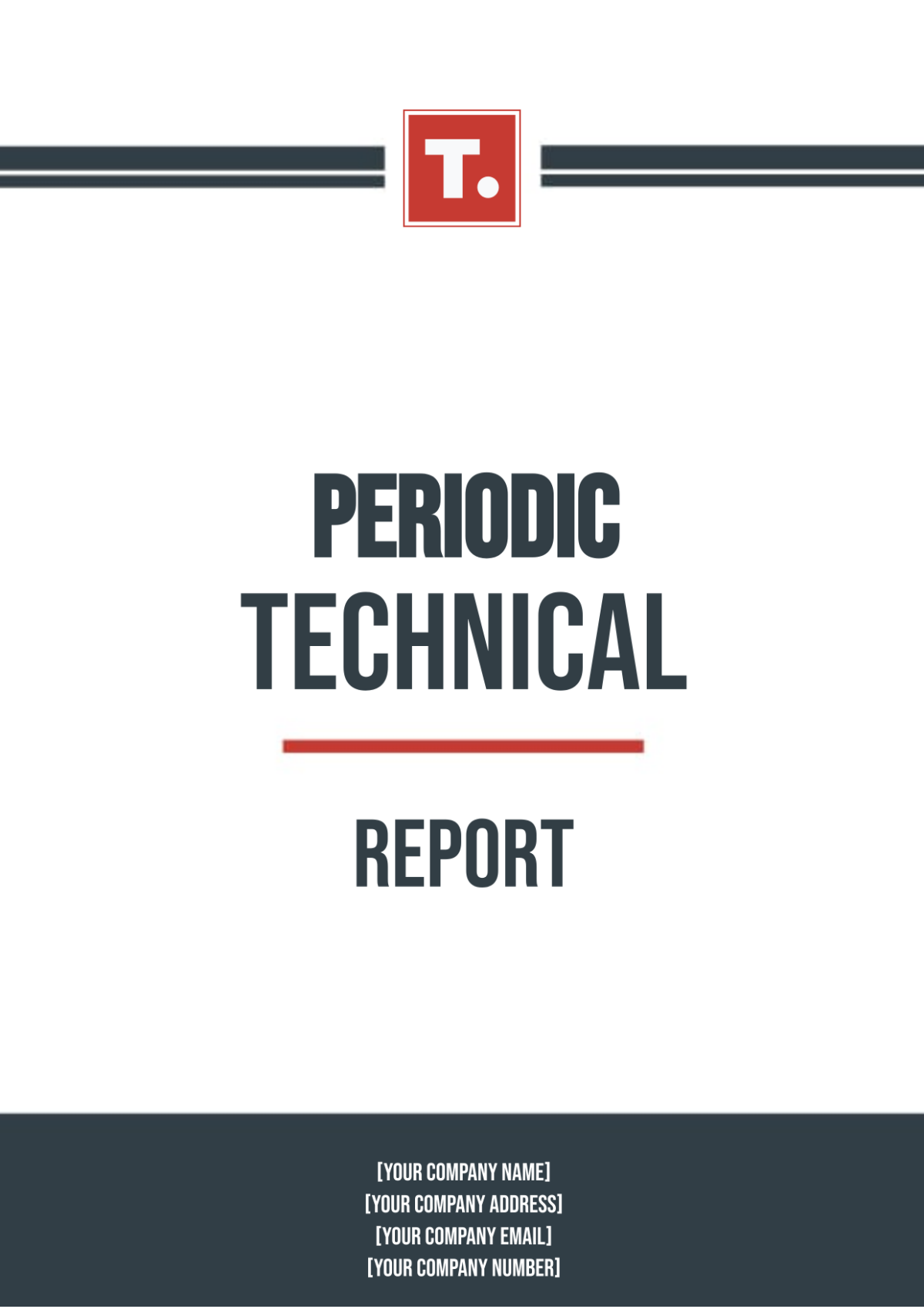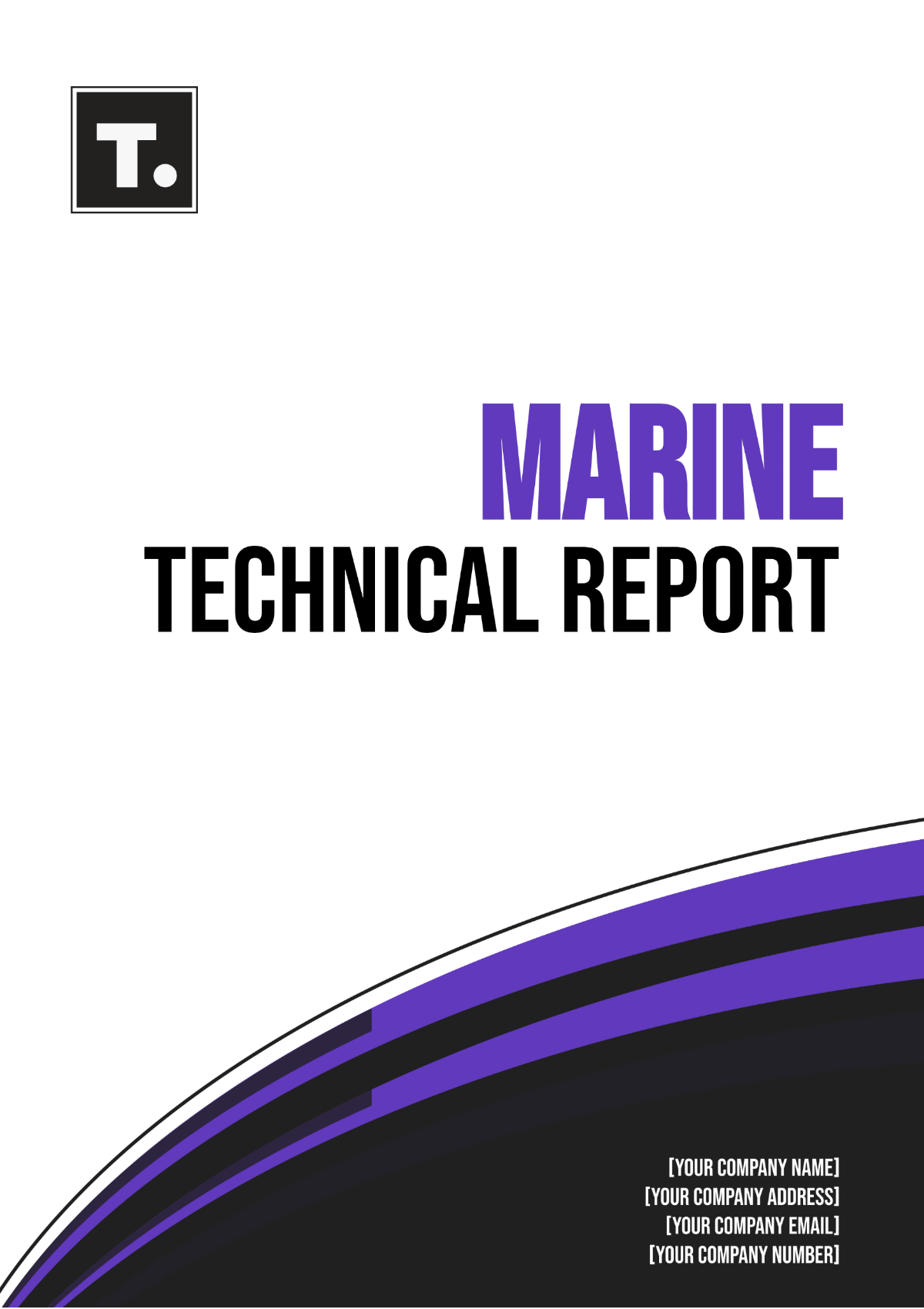Technical Report Layout for IT
Prepared by: [YOUR NAME]
Company: [YOUR COMPANY NAME]
Date: [DATE]
1. Executive Summary
This section provides a high-level overview of the purpose and key findings of the technical report. It summarizes the problem being addressed, the methodology, and the main outcomes or solutions, providing decision-makers with a quick reference. It is concise and includes the most critical points of the report.
2. Introduction
2.1 Background
This part includes the context and history of the problem or project. It provides insight into the organization's current IT infrastructure and the need for the project.
2.2 Purpose of the Report
A brief statement explaining the reason for the report and the problems it aims to solve within the IT environment. For example, improvements in security protocols, scalability challenges, or system performance issues.
2.3 Scope
Defines the extent of the report, including what is covered (and what is not). For instance, this may focus on network architecture, security vulnerabilities, or application performance.
3. Objectives
Clearly define the objectives of the technical report. These could include system optimization, migration to cloud infrastructure, enhancing cybersecurity measures, or adopting new technologies. Each objective should be measurable, with specific outcomes expected.
4. System Architecture
4.1 Current System Overview
Provide detailed technical diagrams and descriptions of the existing IT architecture. This includes hardware, software, network configurations, and system protocols. Describe the flow of data, critical systems, and the interaction between components.
4.2 Proposed System
Outline the new or enhanced system architecture and its advantages. Include diagrams that show improvements in efficiency, security, or performance. Explain the technological advancements and how they integrate with current infrastructure.
5. Methodology
5.1 Research Methods
Discuss the research methods, such as data collection, interviews, or software analysis tools used to assess the IT systems. Justify the selection of these methods.
5.2 Approach
Outline the technical approach adopted to resolve the problems. This may include frameworks, programming languages, or IT methodologies like Agile or DevOps that were used to implement solutions.
6. Data Analysis
Provide a detailed analysis of the data gathered. This section typically includes tables, graphs, and figures to present findings related to system performance, security threats, and user experience metrics. Use analytical tools to demonstrate patterns, issues, and potential areas for improvement.
7. Implementation
7.1 Implementation Plan
Describe the steps taken to implement the proposed system, including a timeline of tasks, resources needed, and team roles. Mention milestones, phases (e.g., testing, production), and any contingency plans.
7.2 Challenges Encountered
Document any technical challenges or obstacles faced during implementation. Explain how these were resolved and any compromises made.
8. Results
Present the outcomes of the implementation. This may include system improvements, enhanced security features, performance metrics, or customer satisfaction levels. Compare pre- and post-implementation data to validate the success of the project.
9. Discussion
Analyze the results in detail. Discuss whether the objectives were achieved and if the results aligned with expectations. Highlight any discrepancies or unexpected findings. Explore potential improvements or future expansions.
10. Conclusion
Provide a summary of the project, its outcomes, and the overall effectiveness of the technical solution. Include a brief reflection on the challenges and key takeaways for future IT projects within [YOUR COMPANY NAME].
11. Recommendations
Based on the findings and analysis, suggest further actions that should be taken. These recommendations might involve future system upgrades, the adoption of emerging technologies, or policy adjustments to enhance security and performance.
12. References
List all references and sources used in the report. This could include research papers, technical manuals, software documentation, and industry standards that informed the project.
13. Appendices
Include any additional materials that support the report but are not essential to the main text, such as full datasets, detailed system diagrams, or additional code snippets. Each appendix should be labeled and referenced appropriately in the main text.
